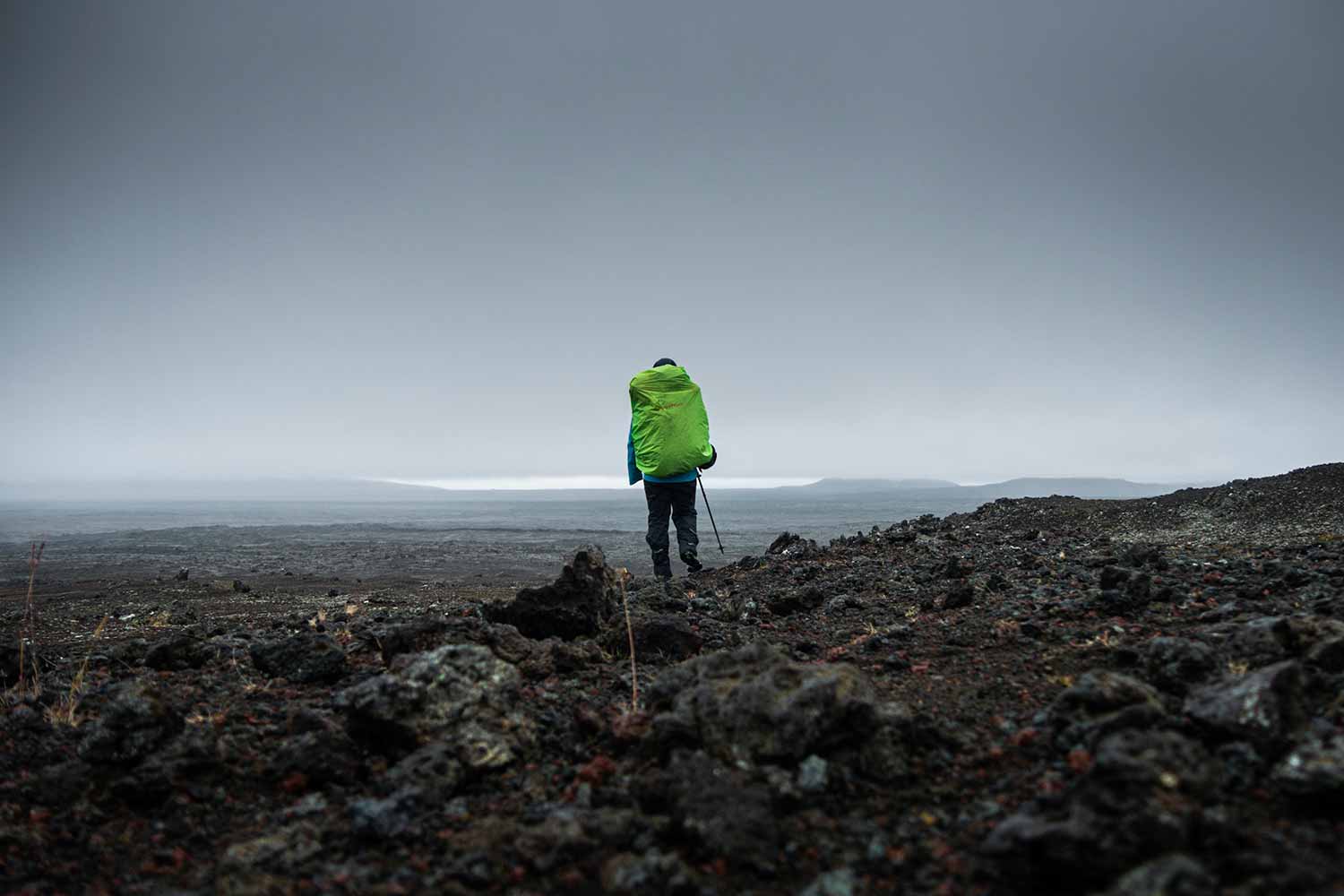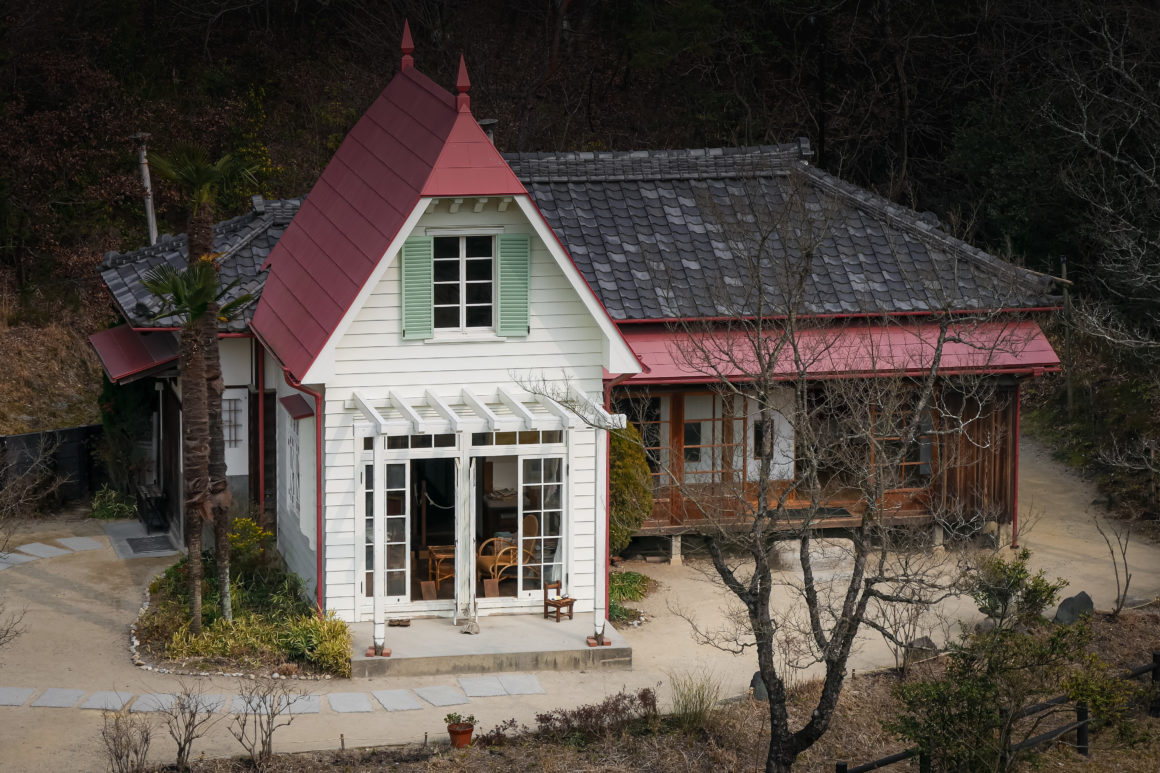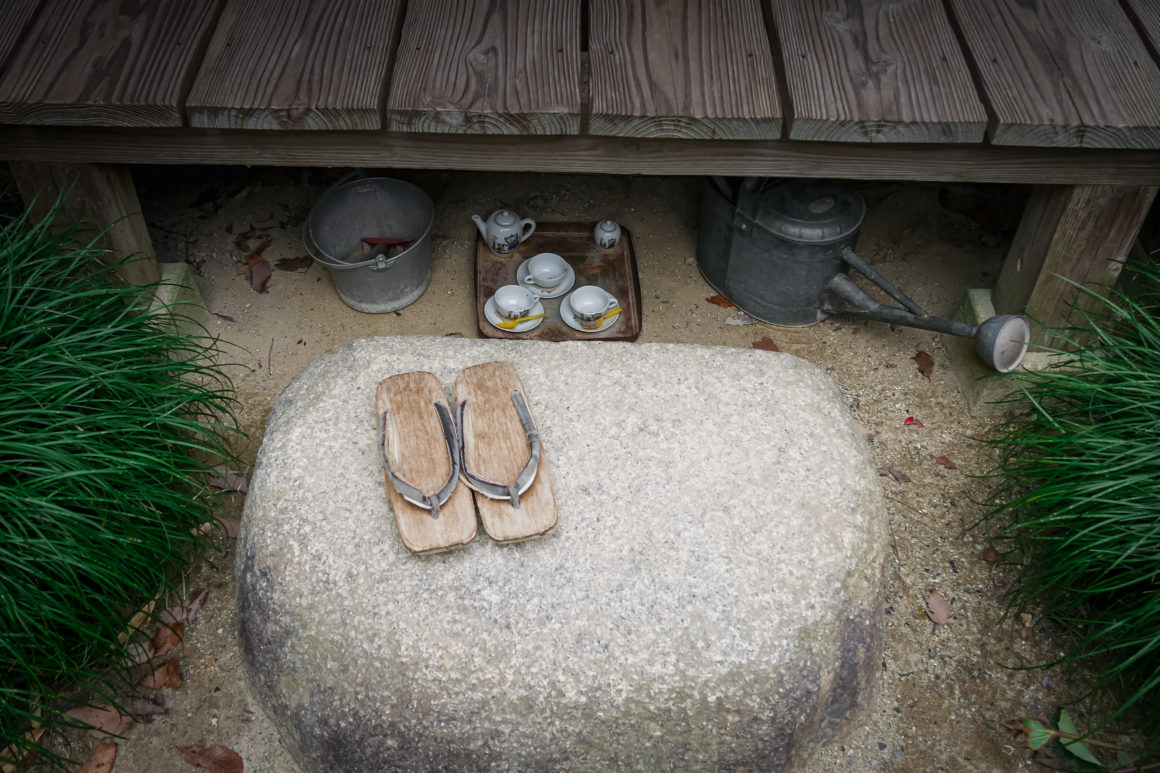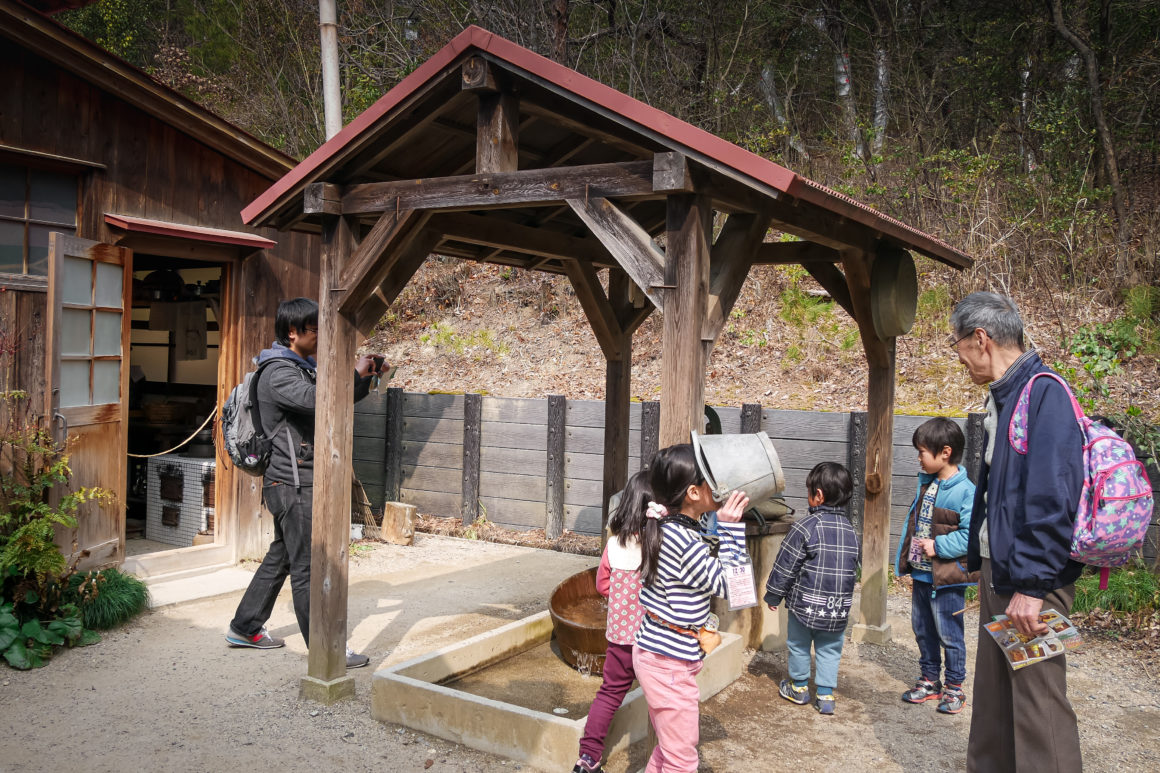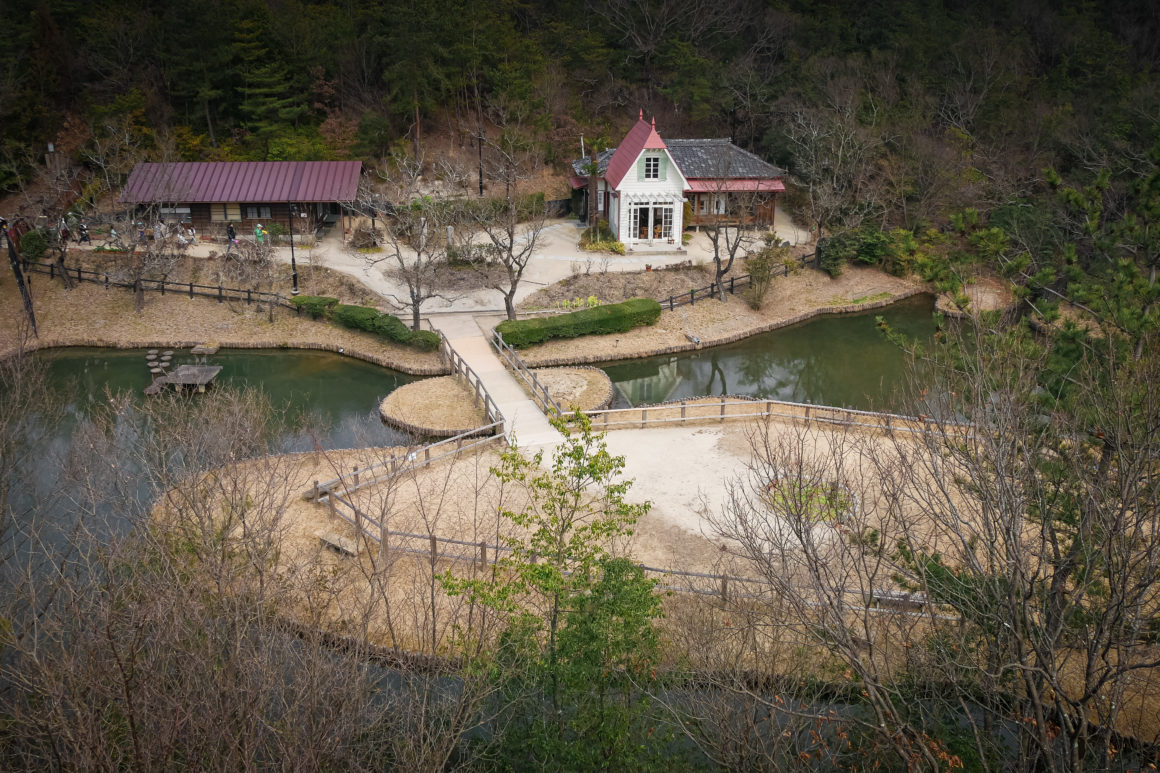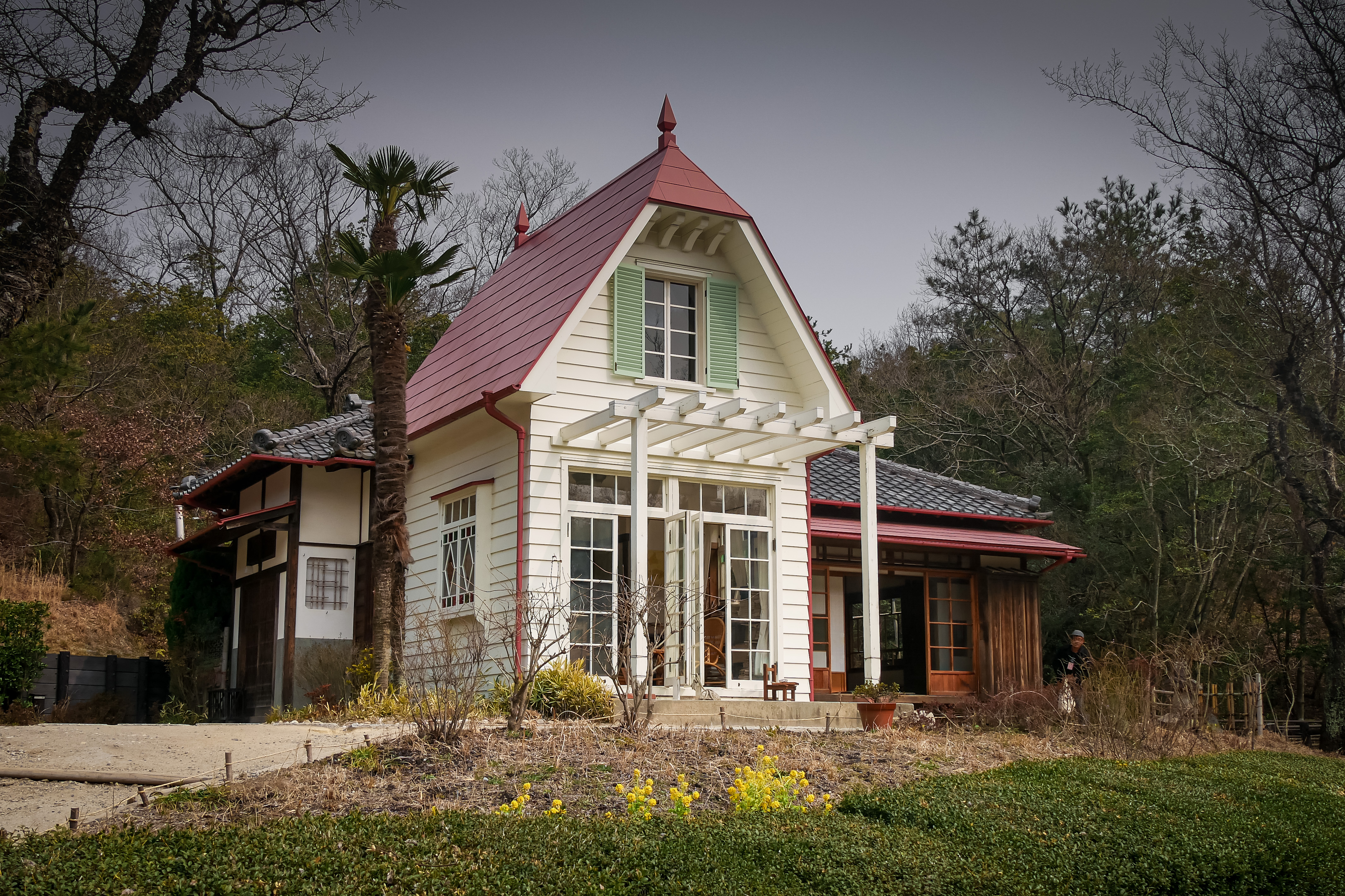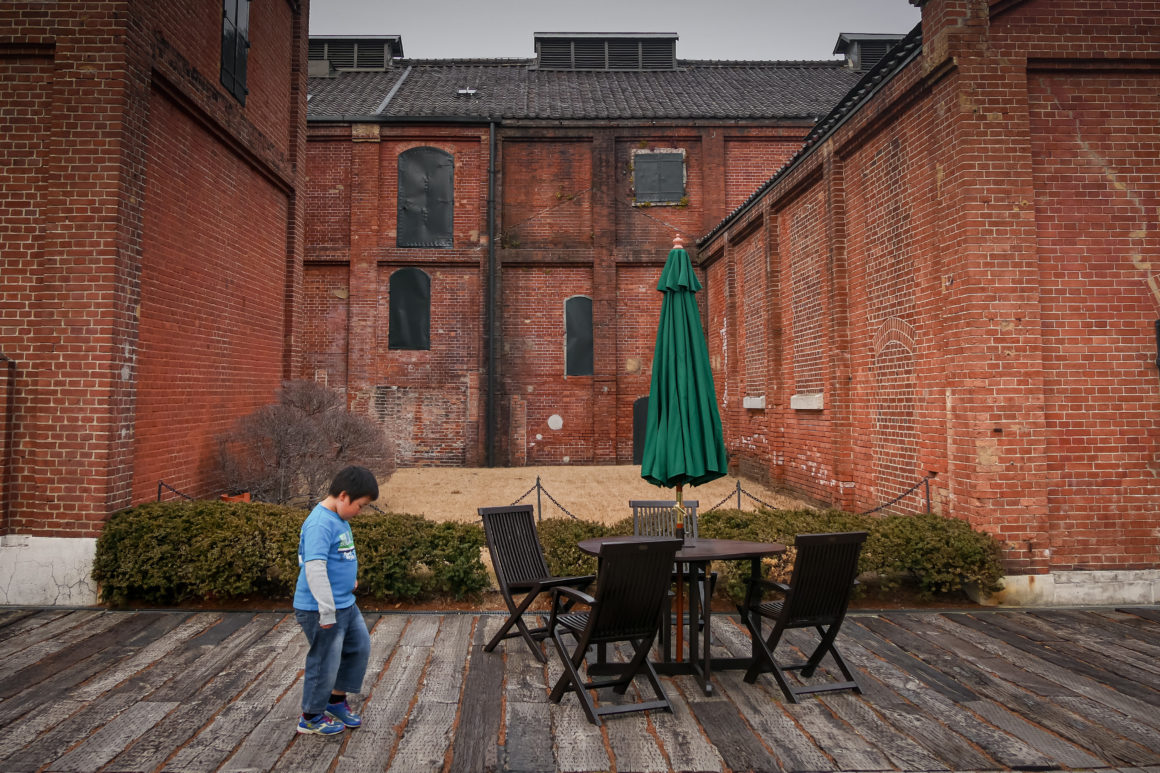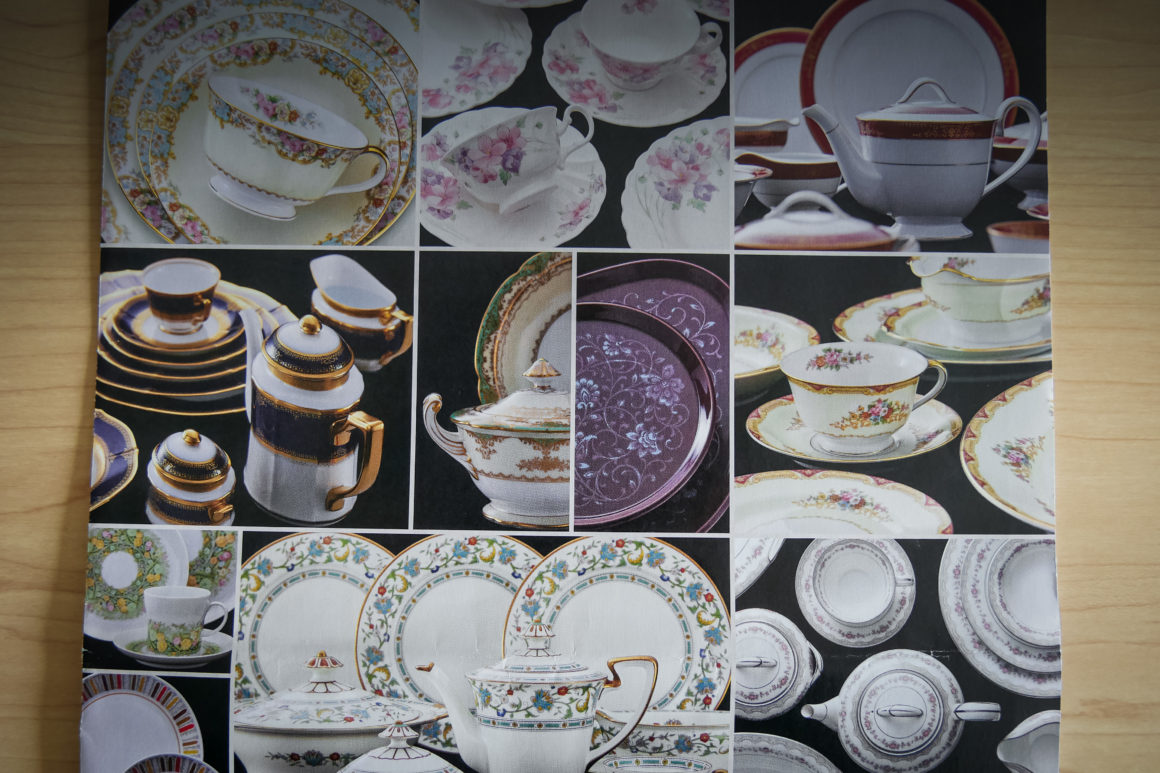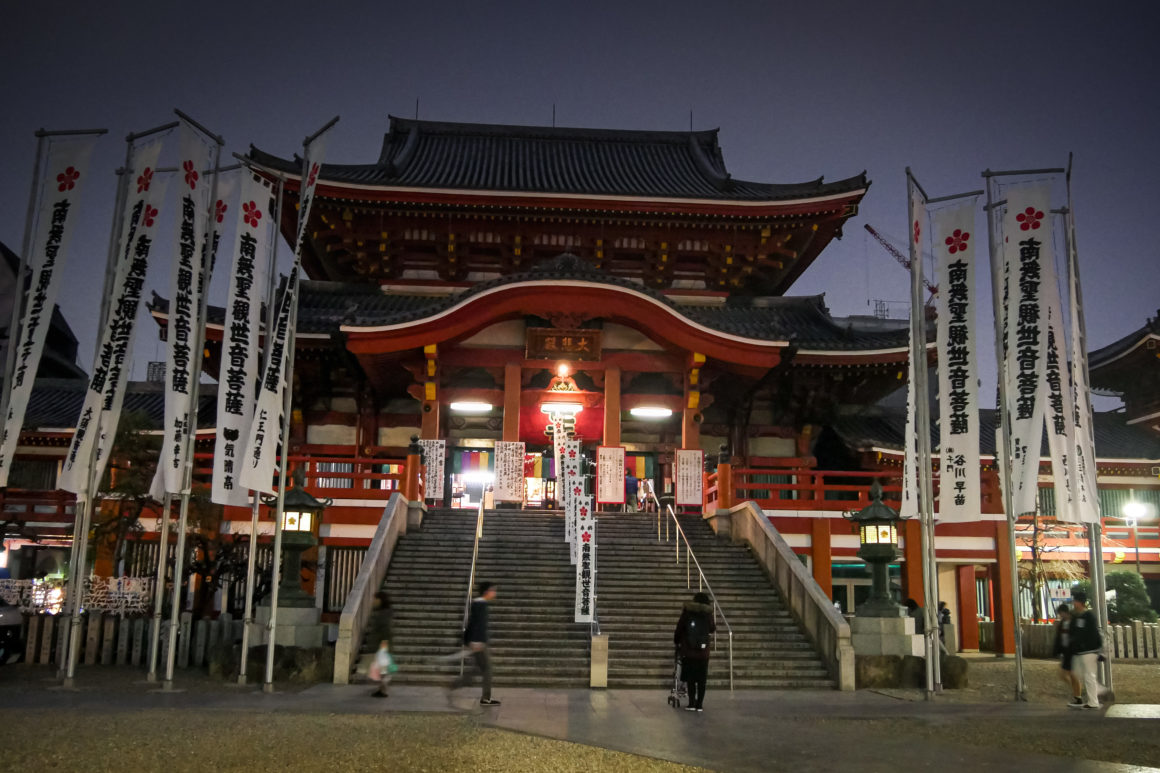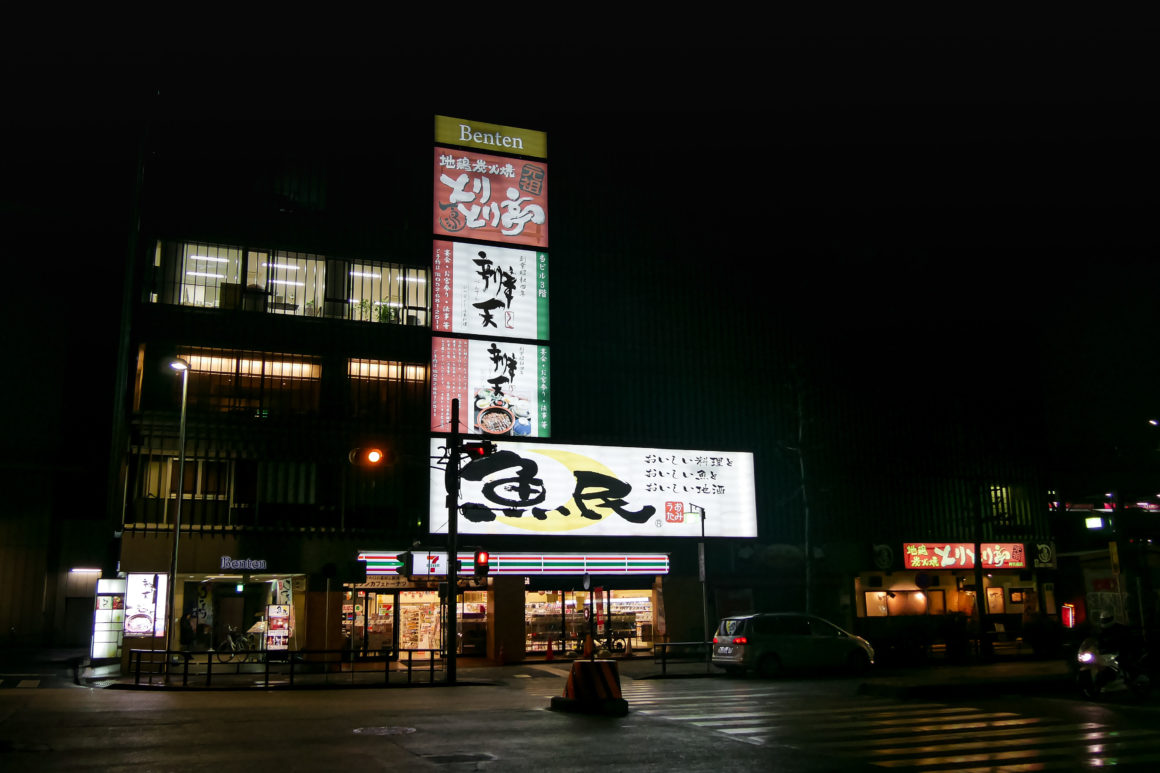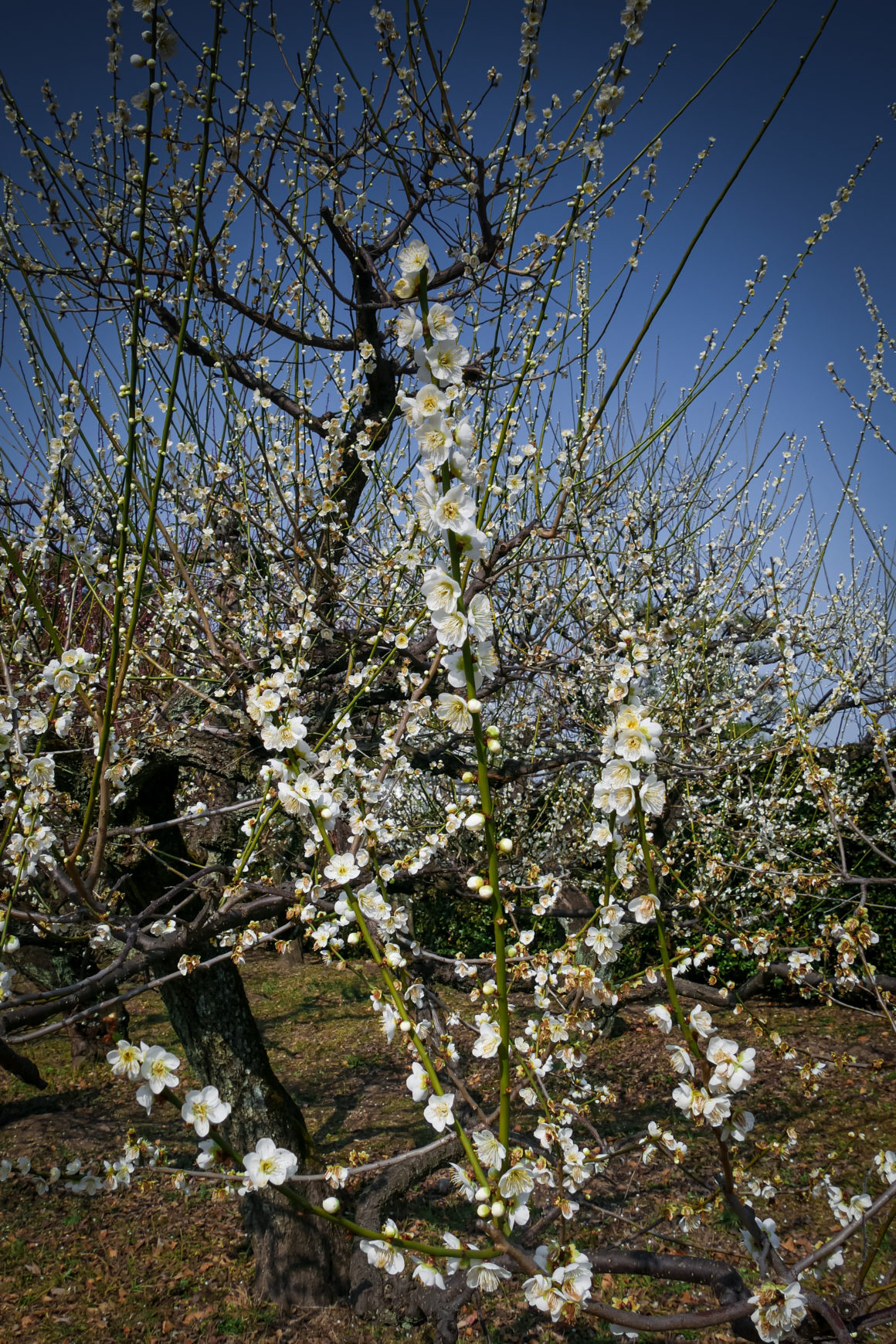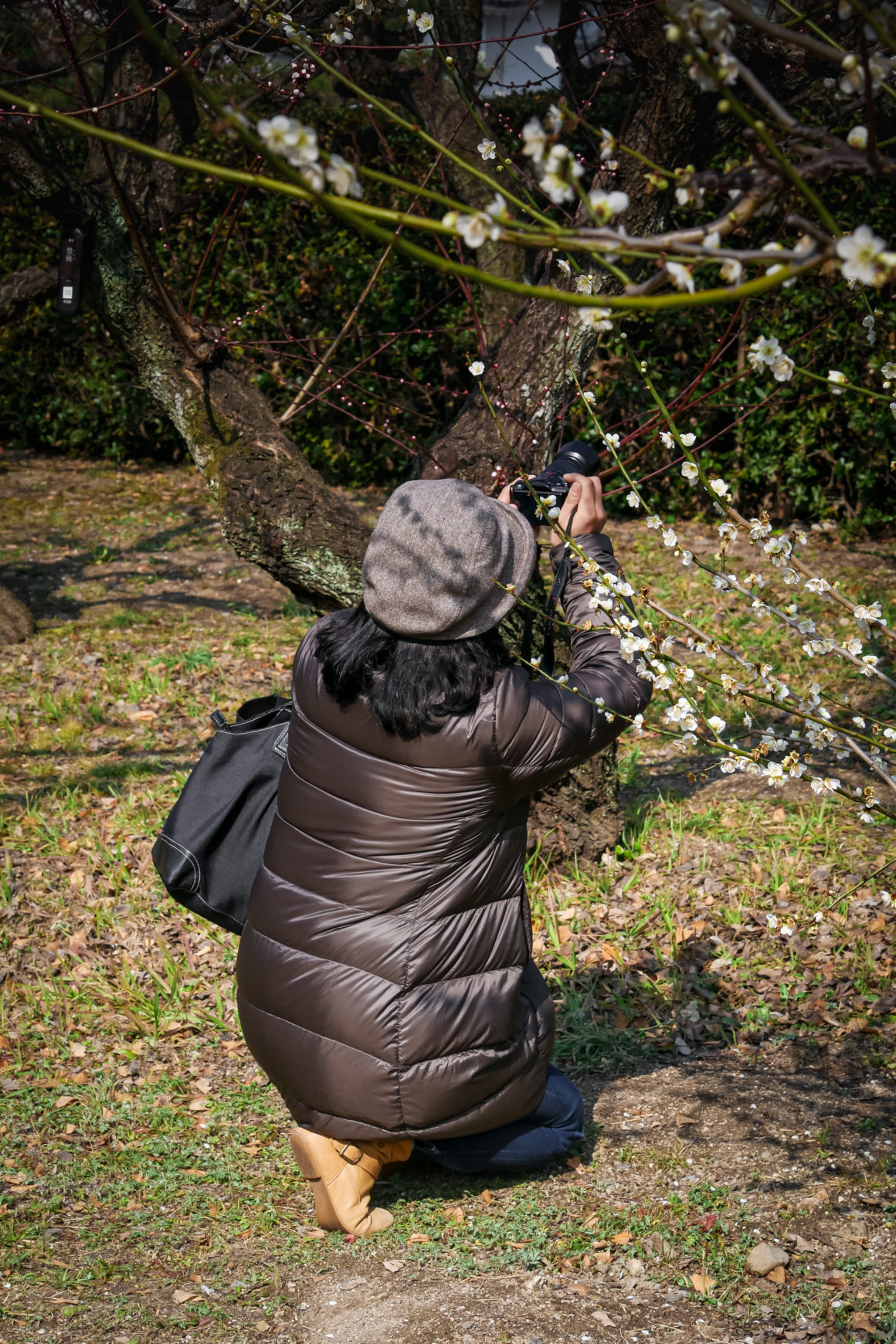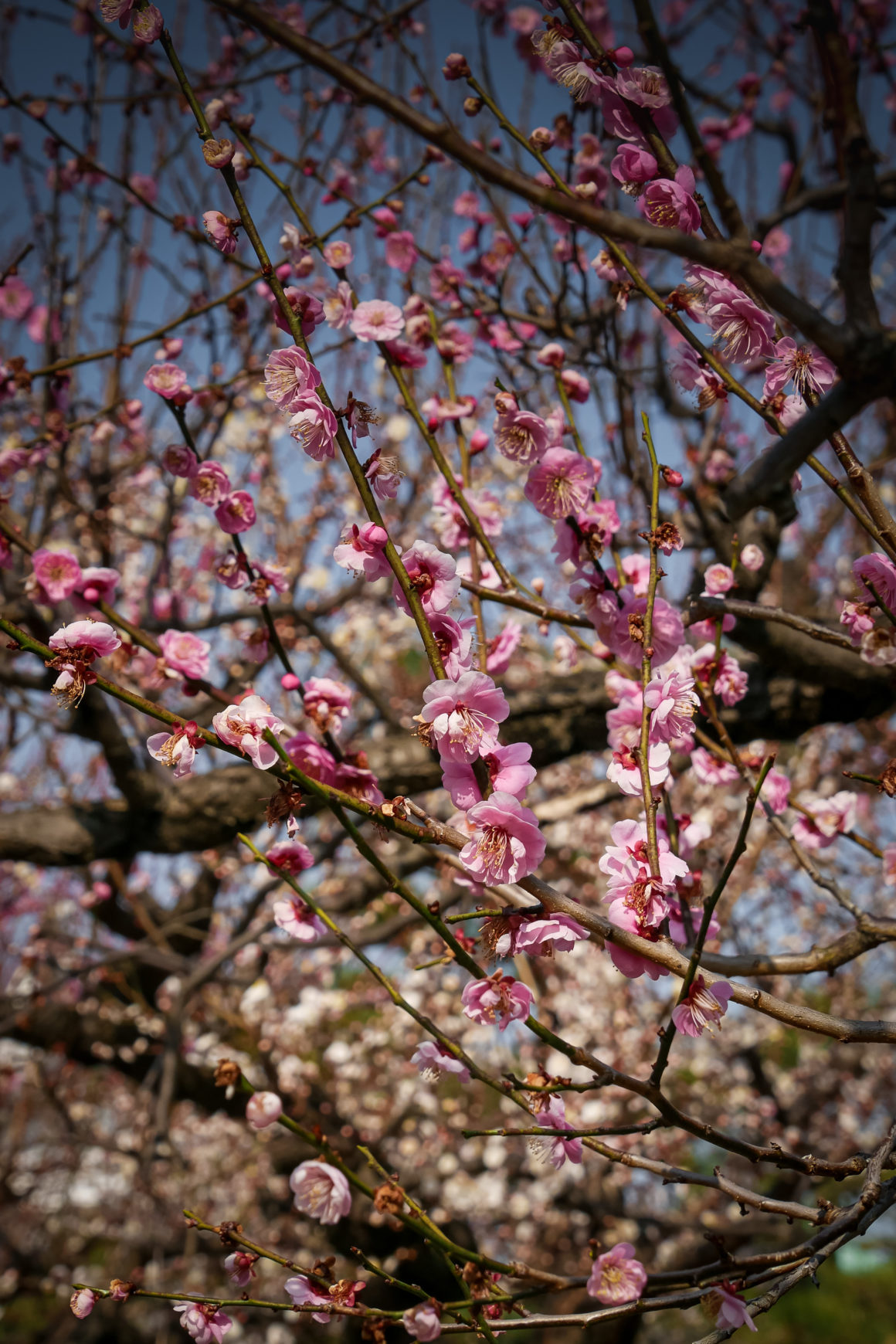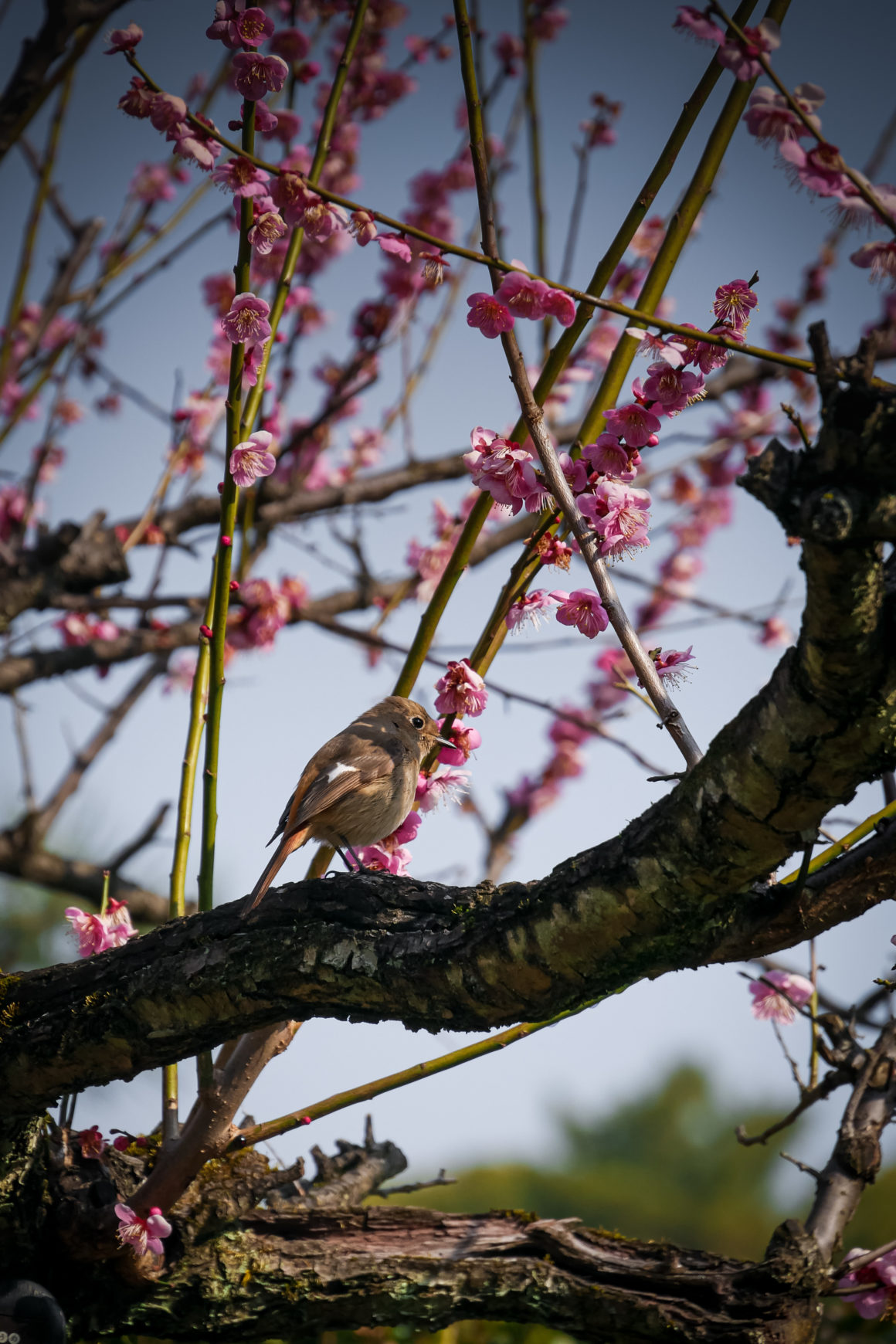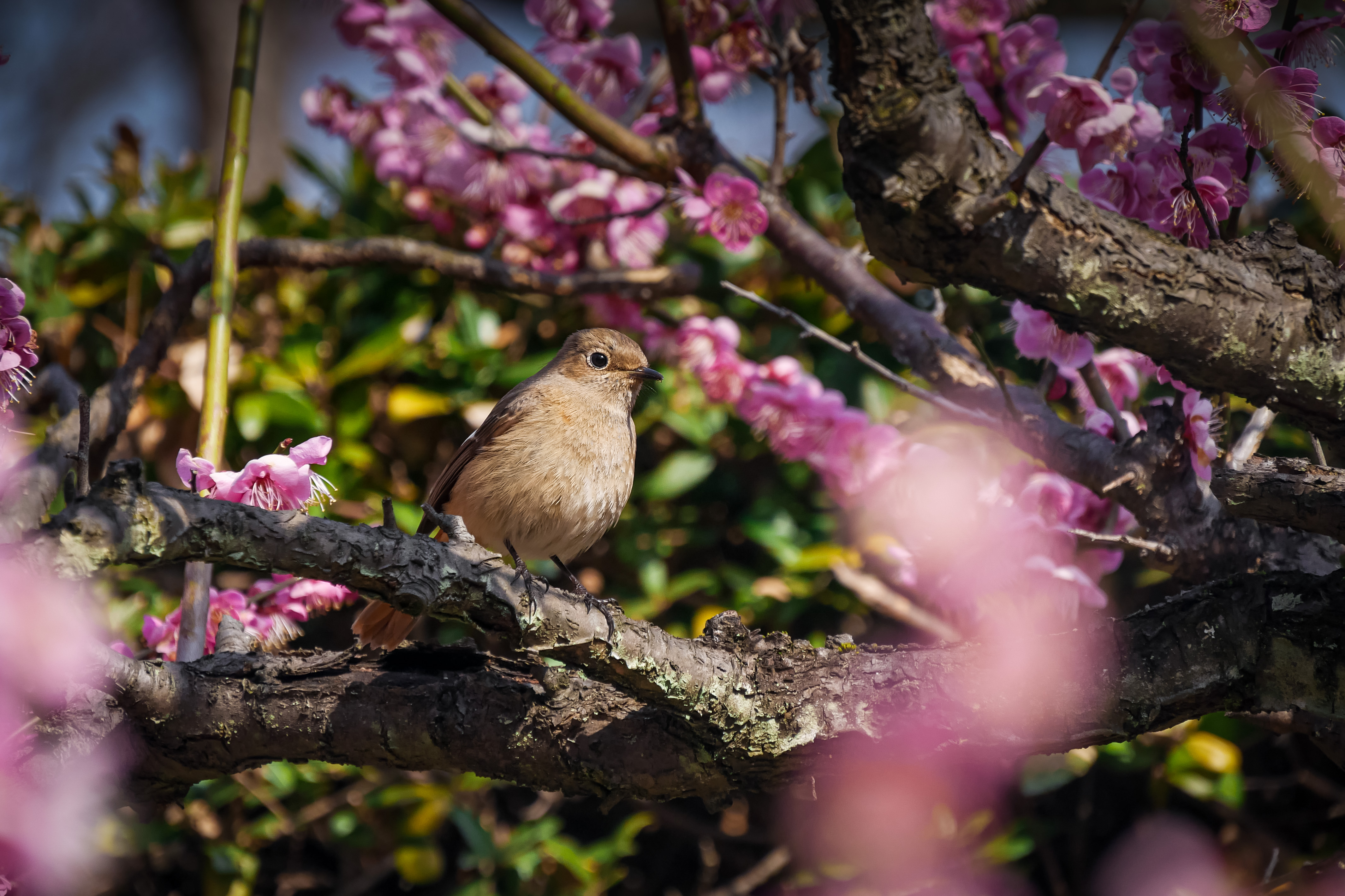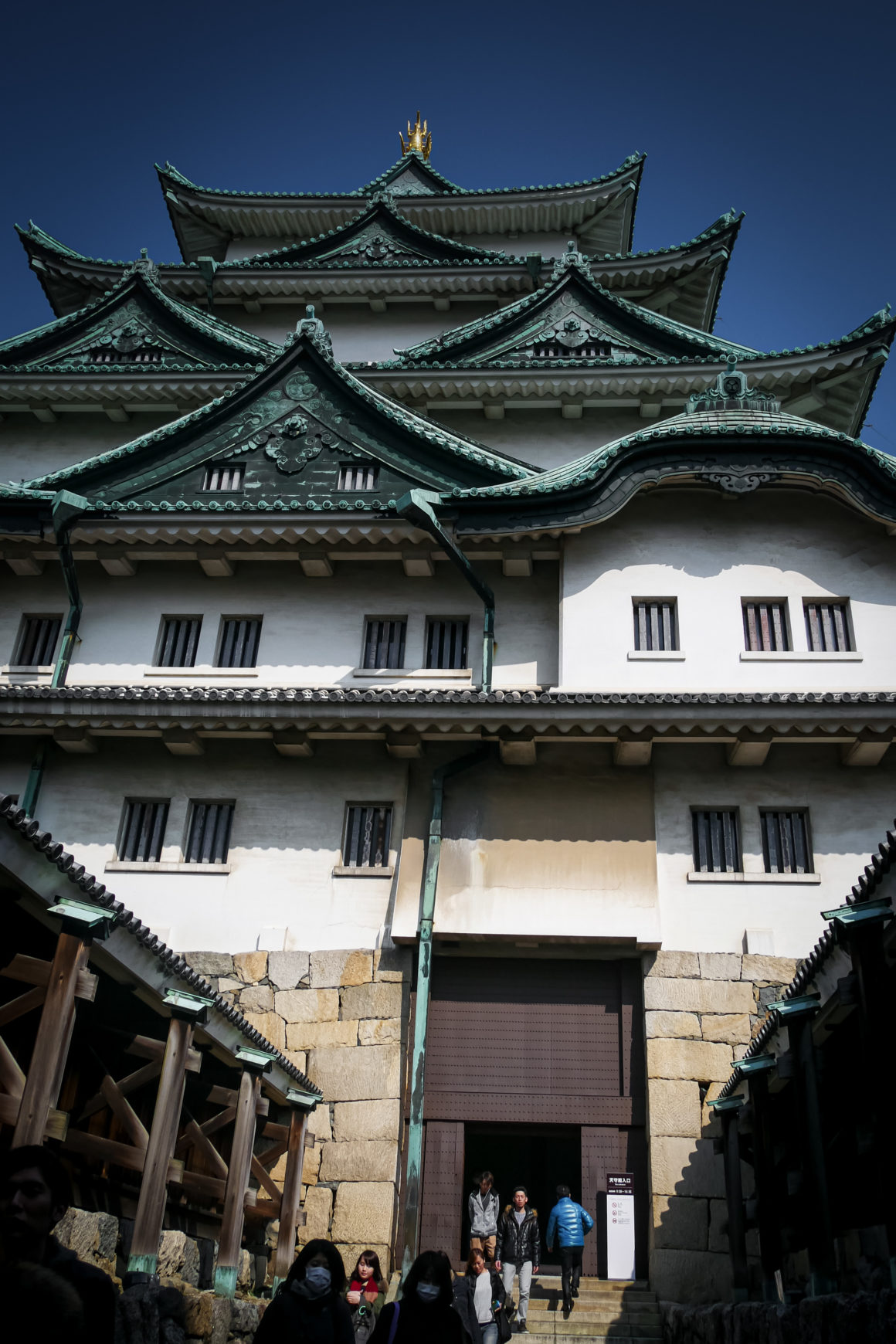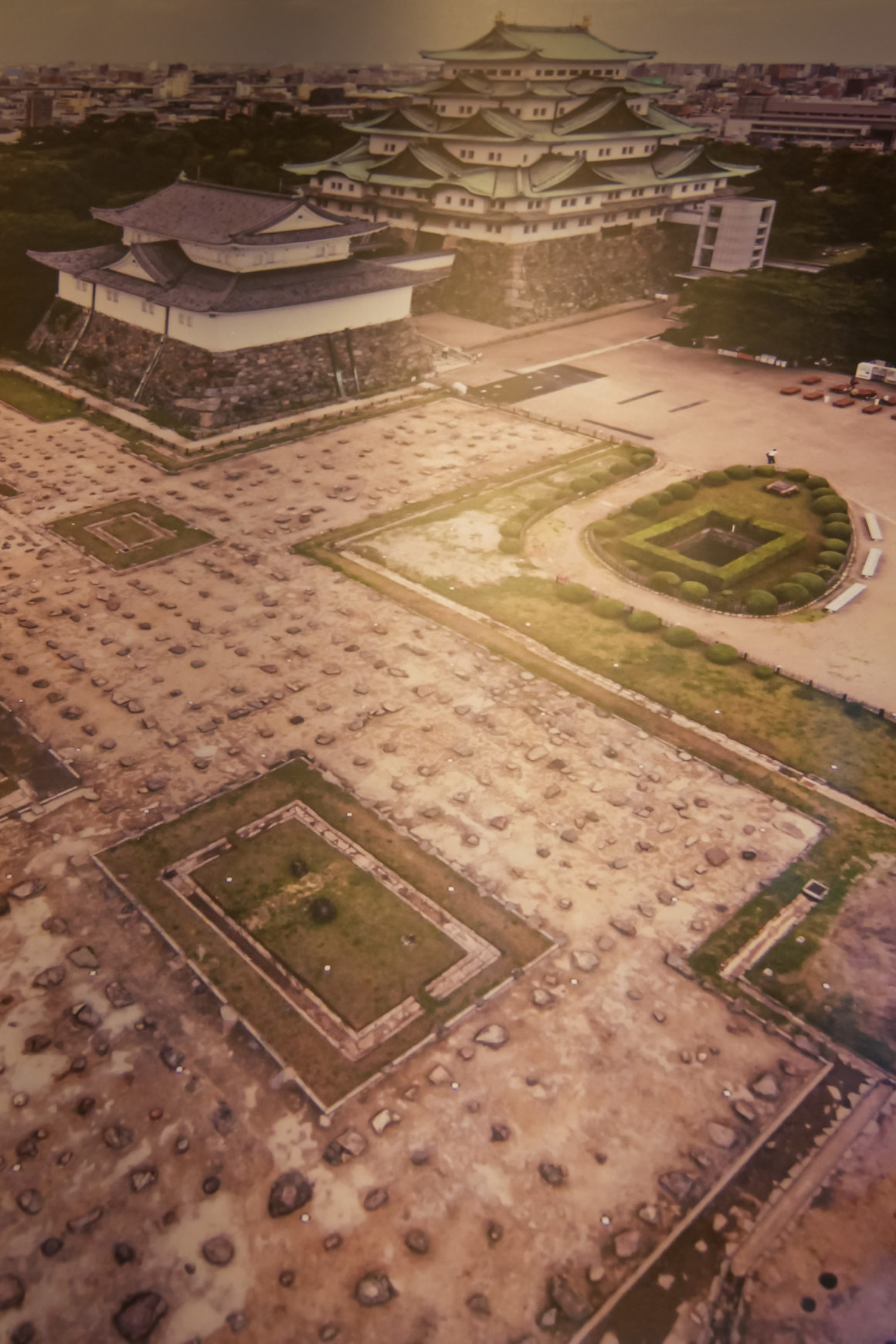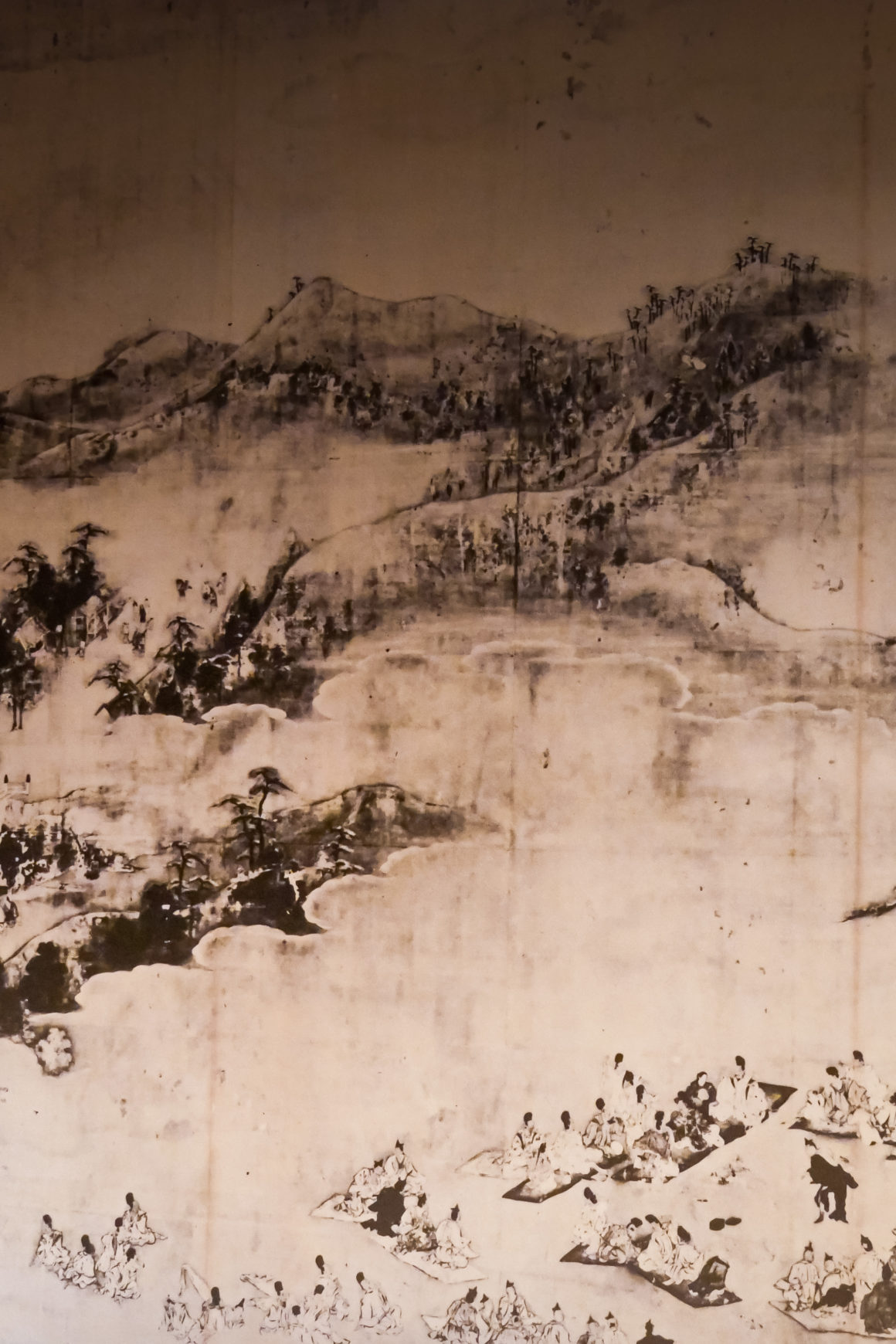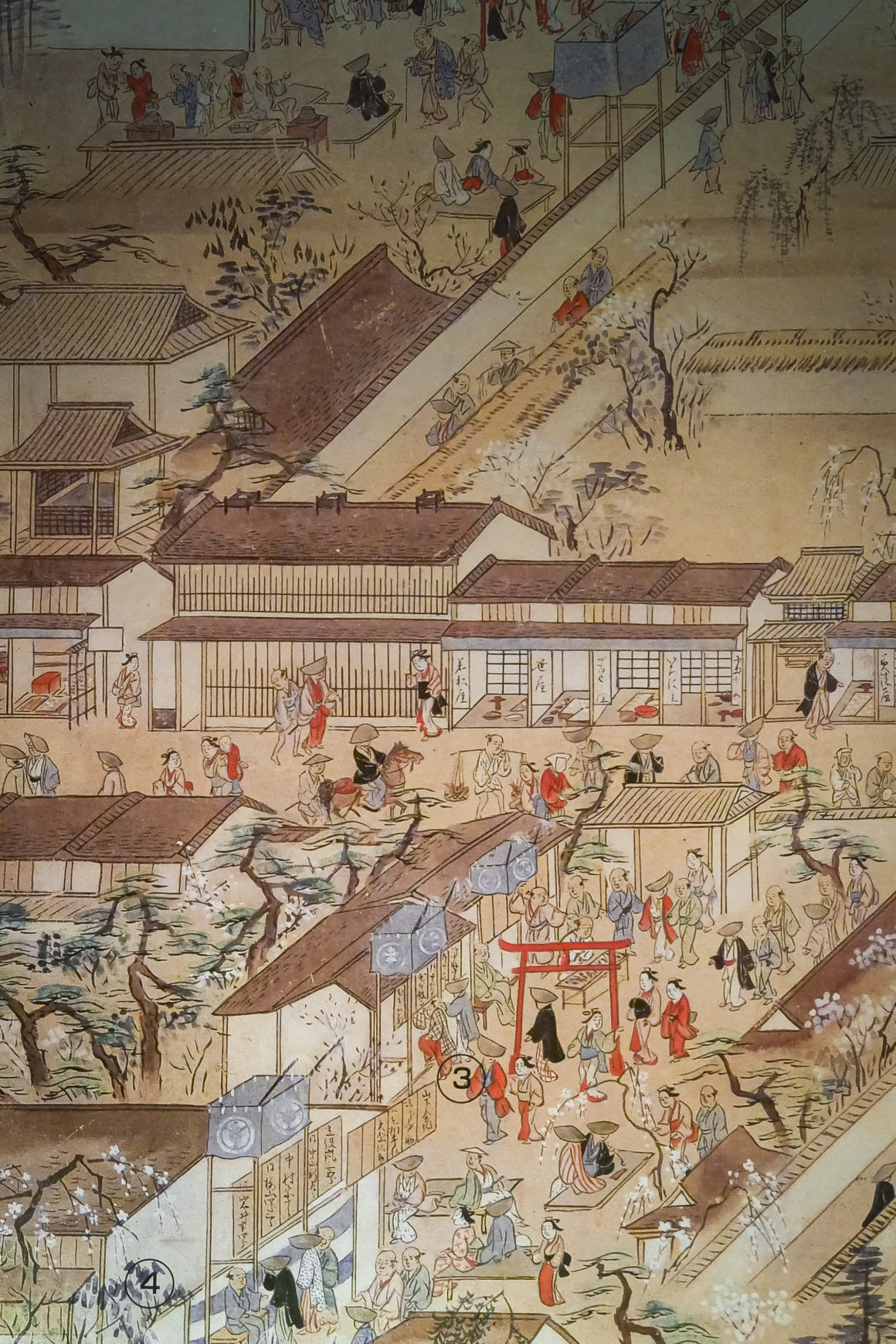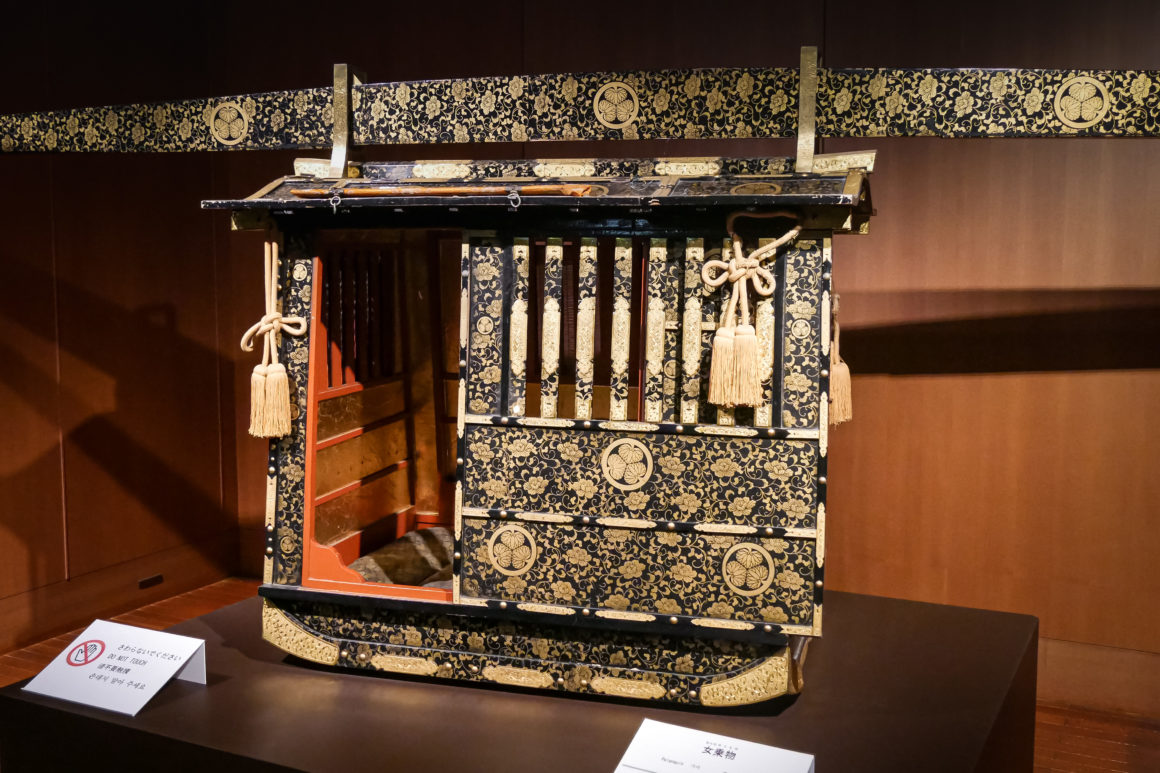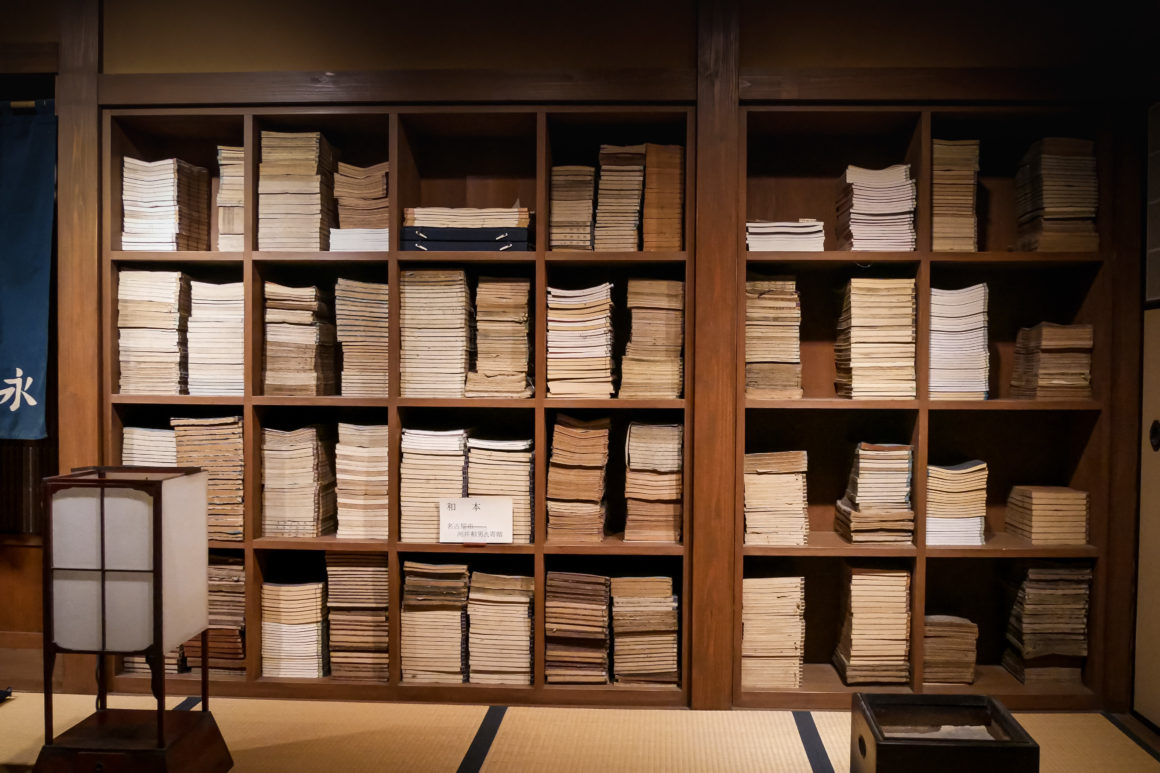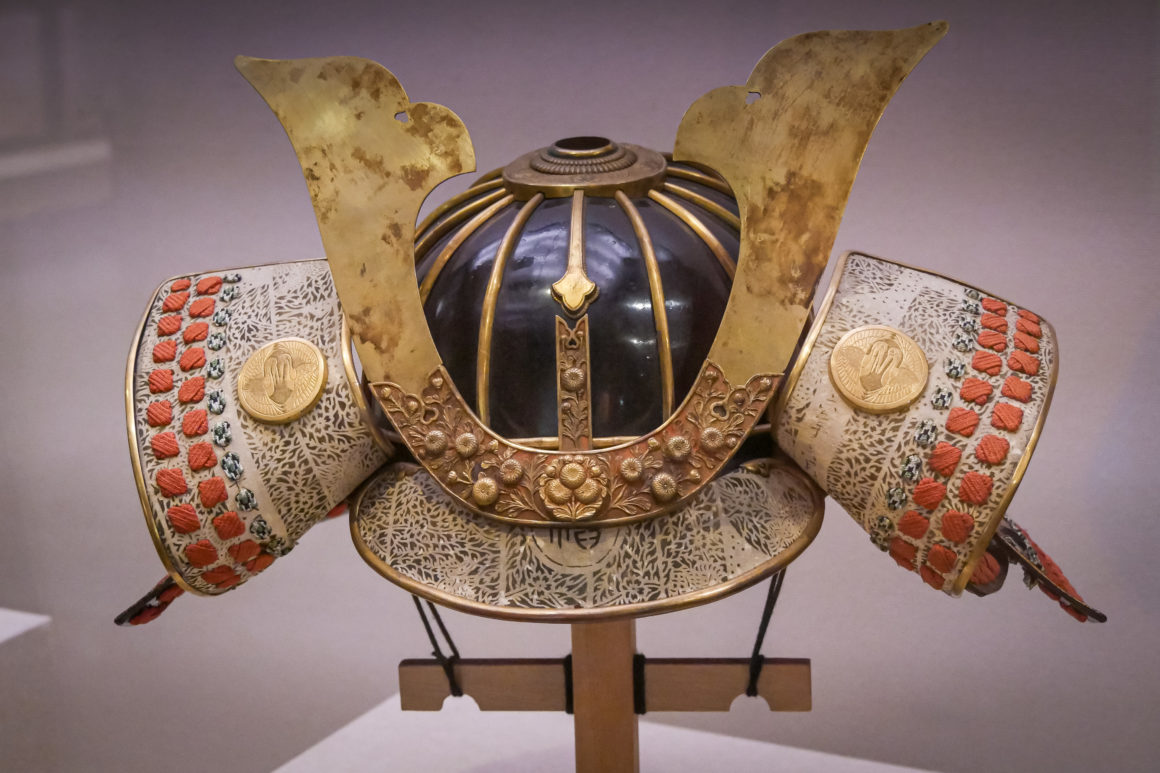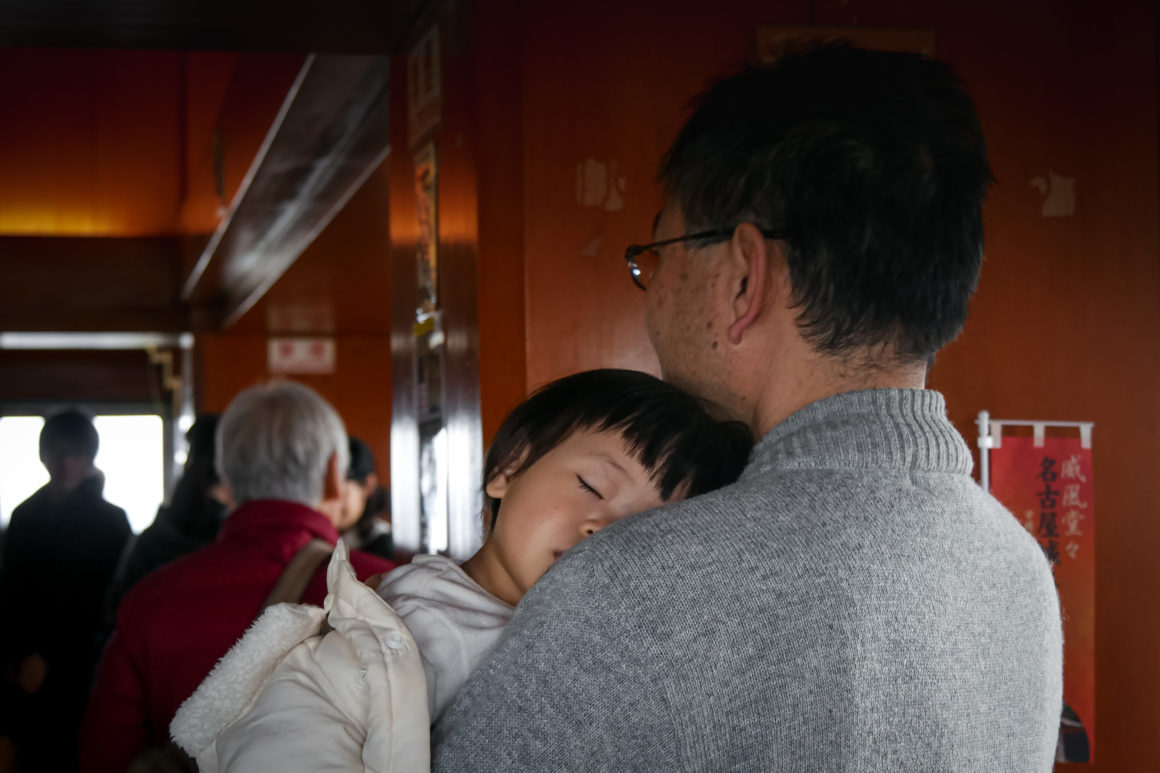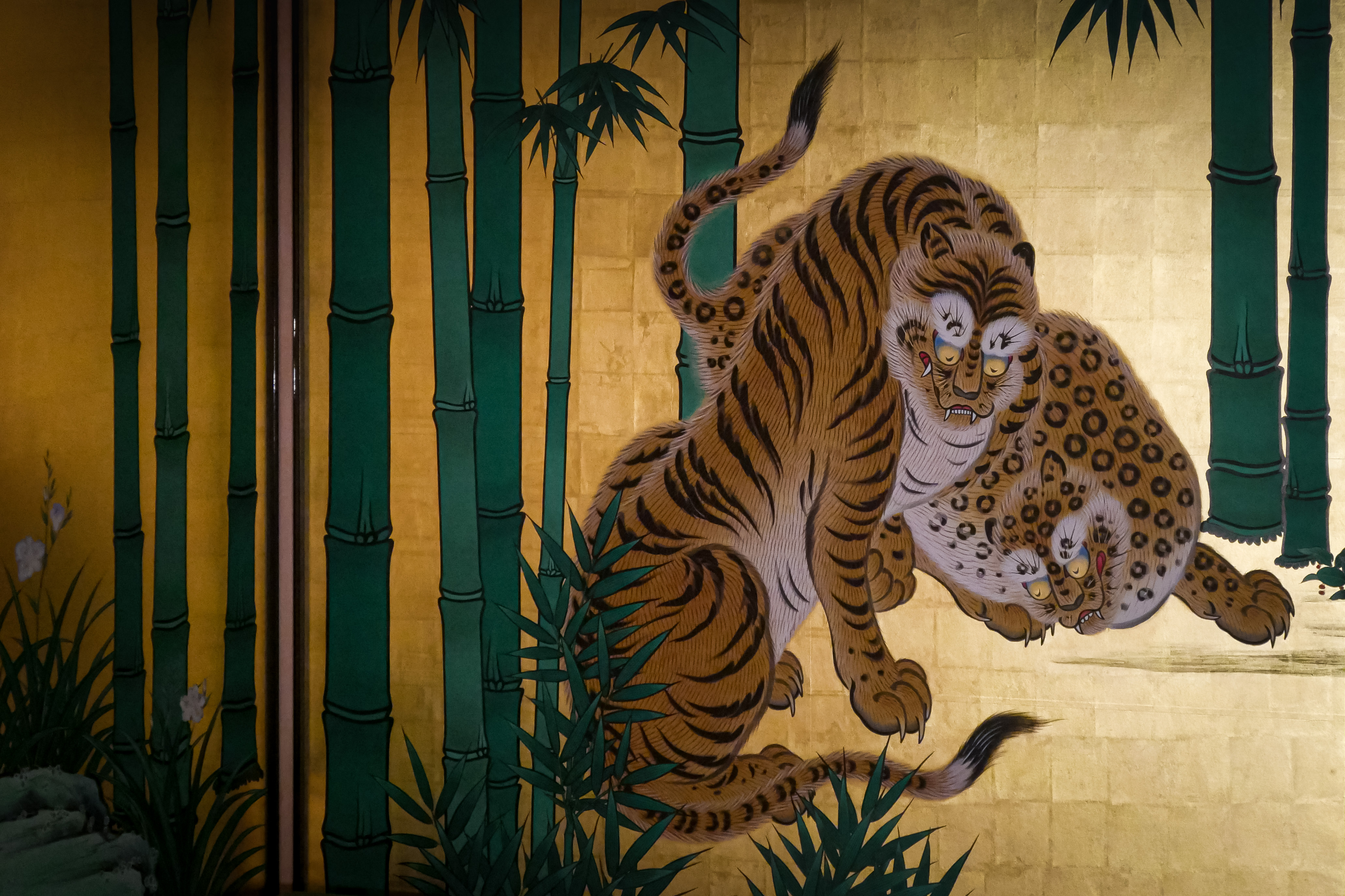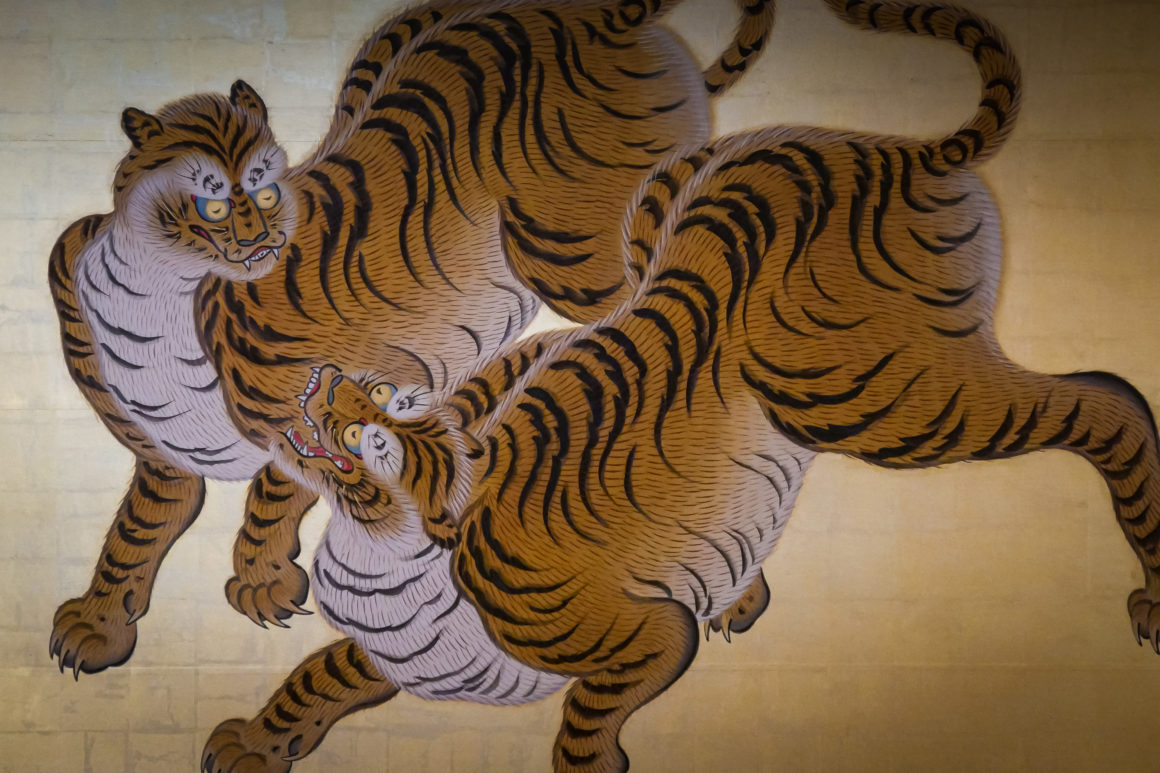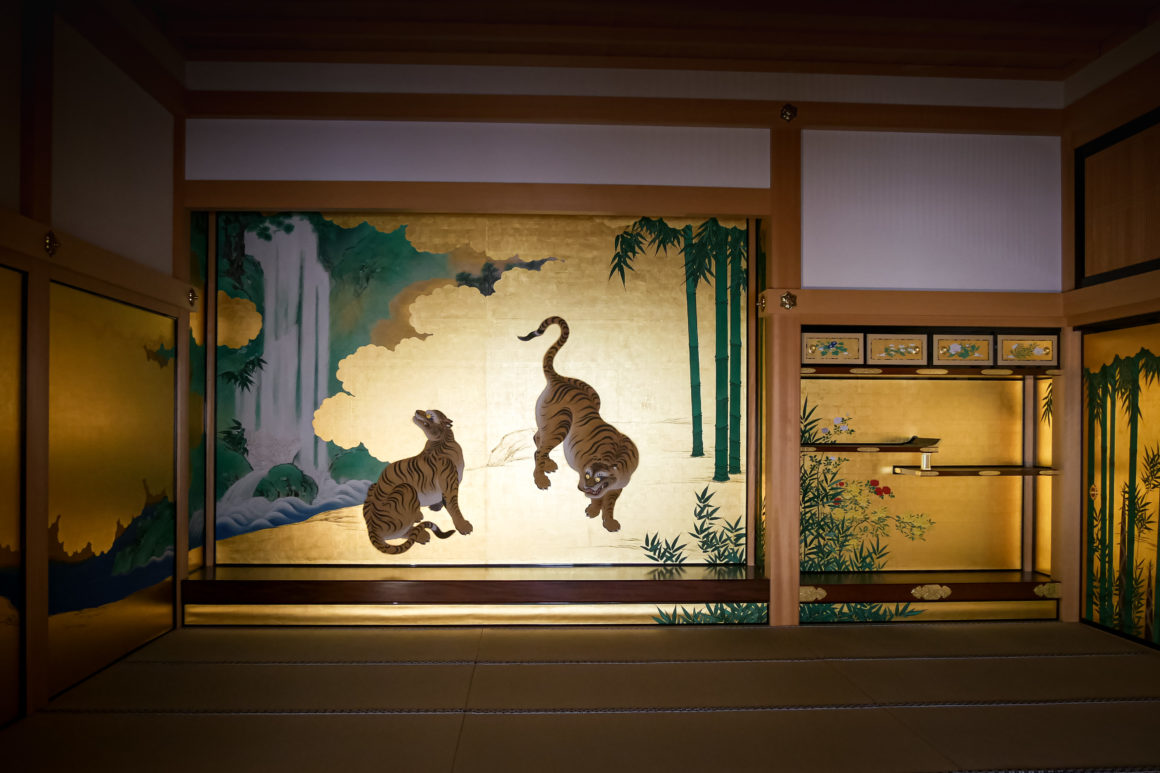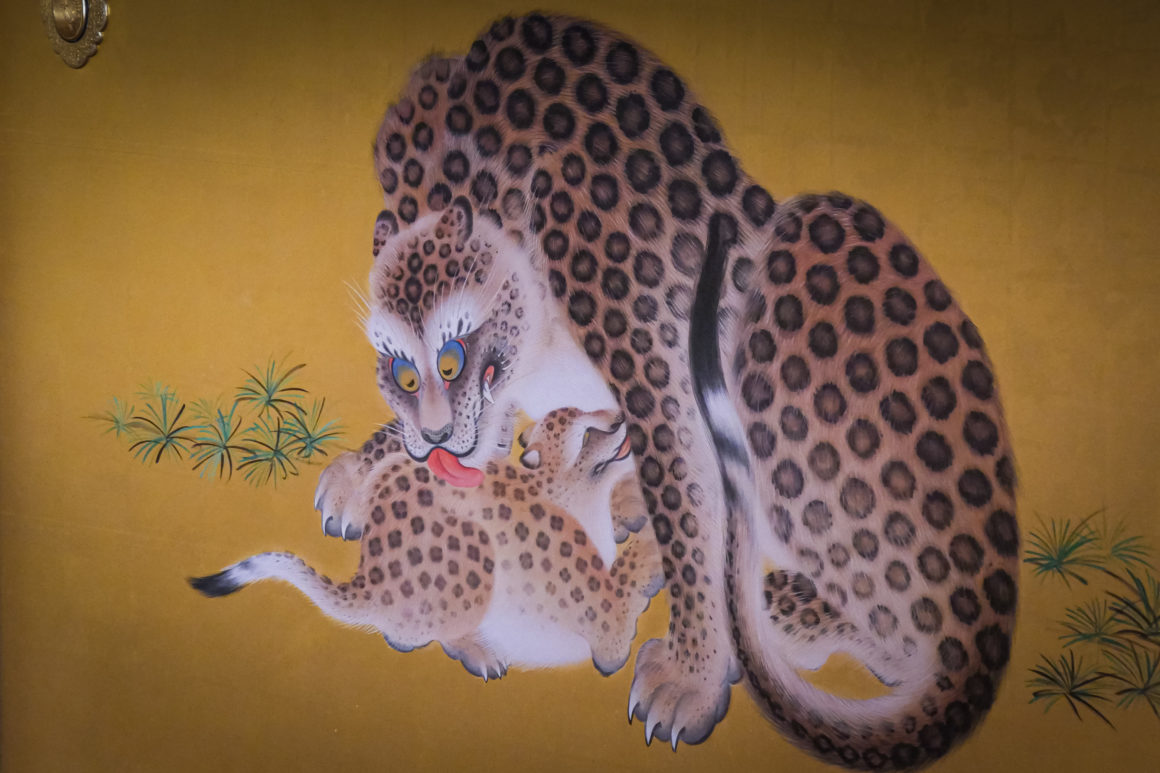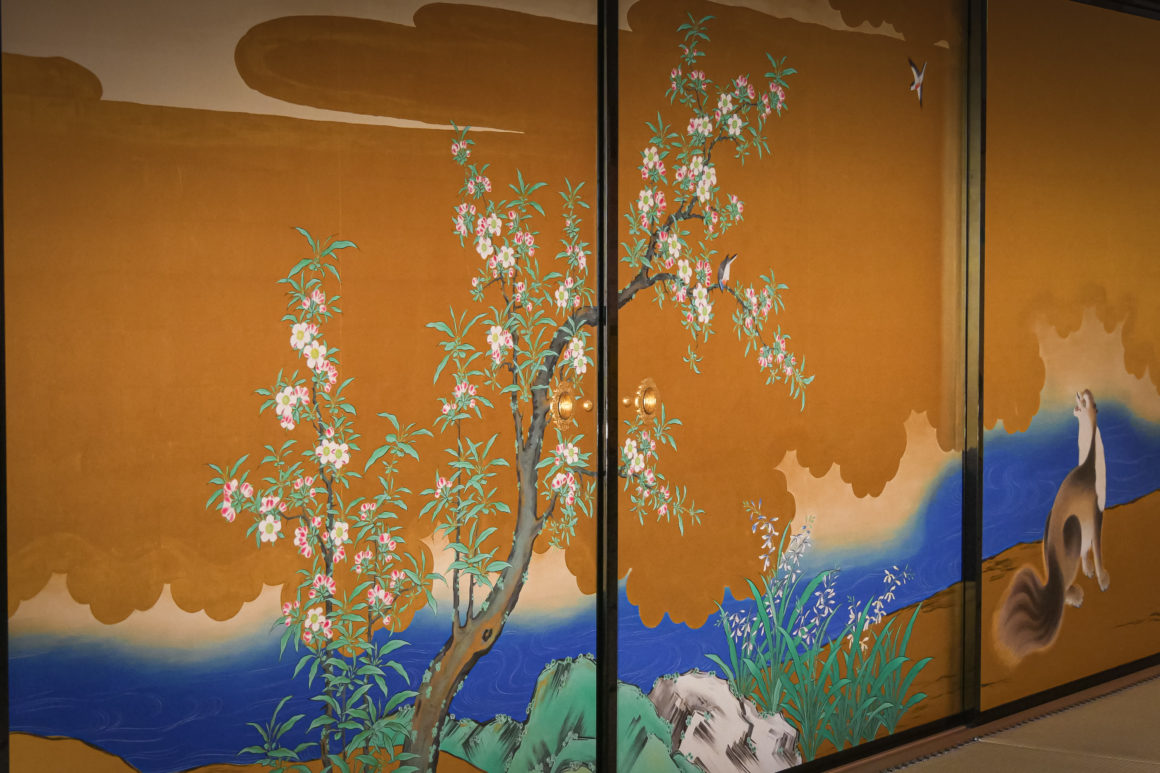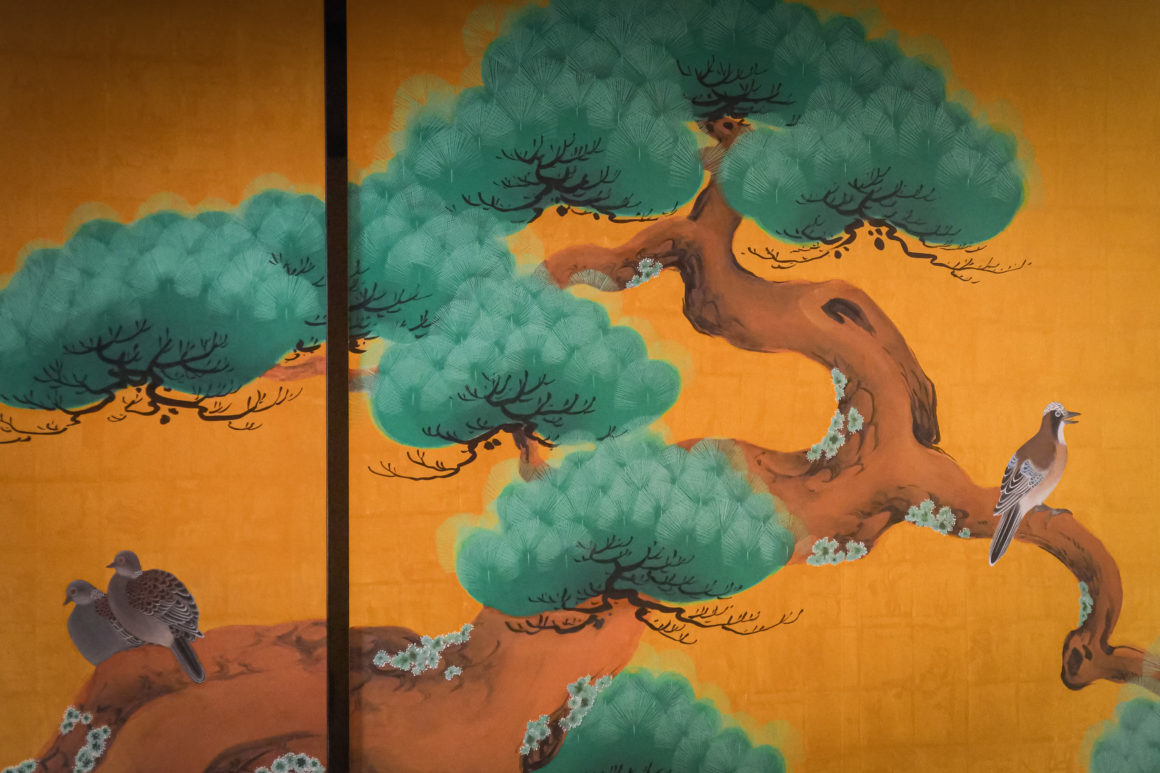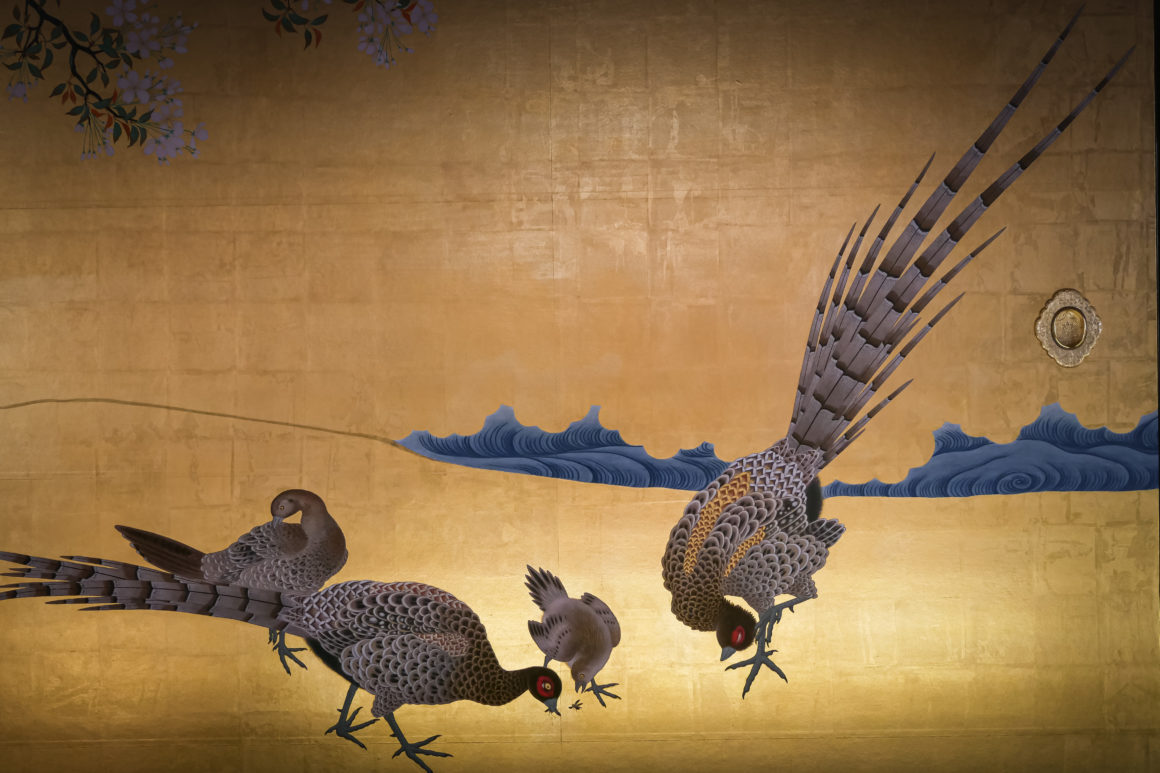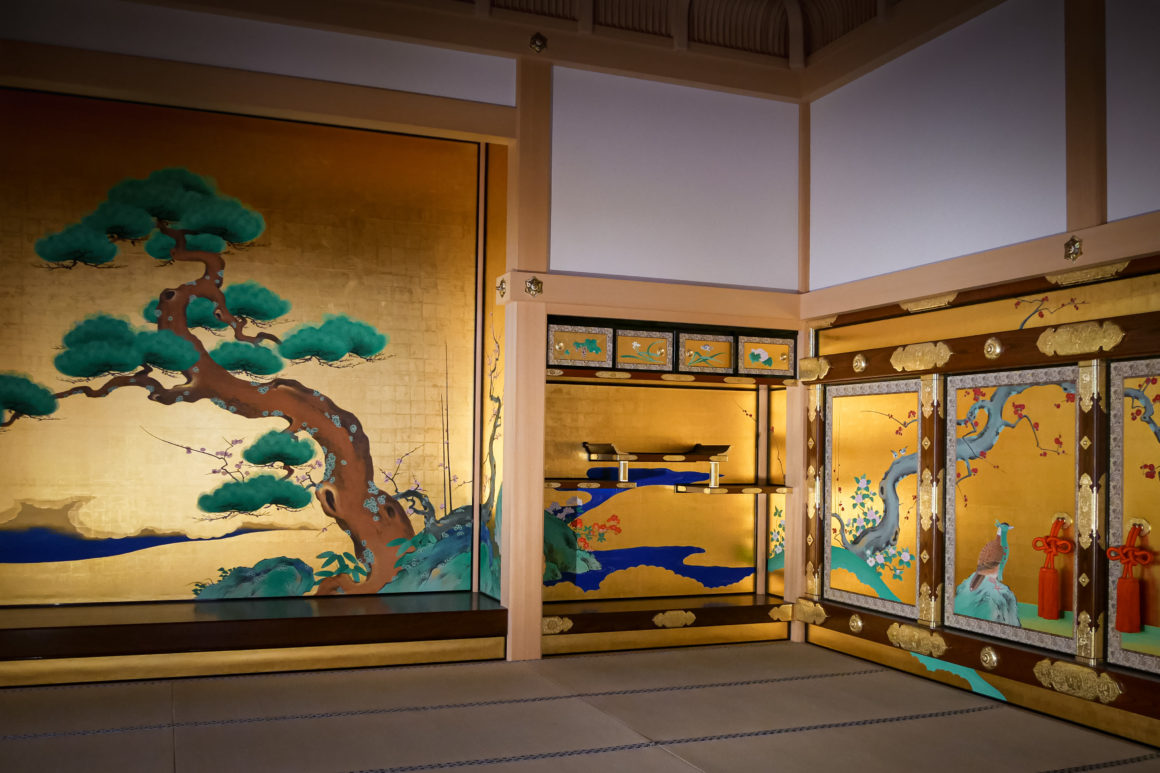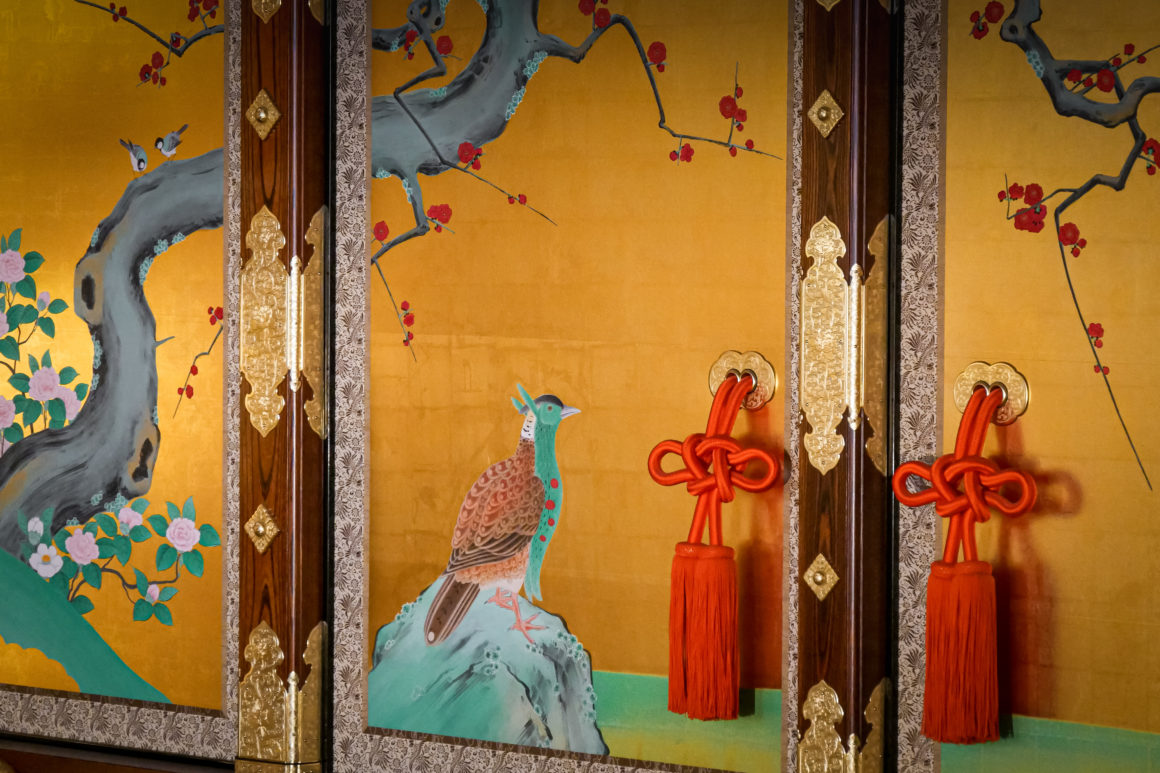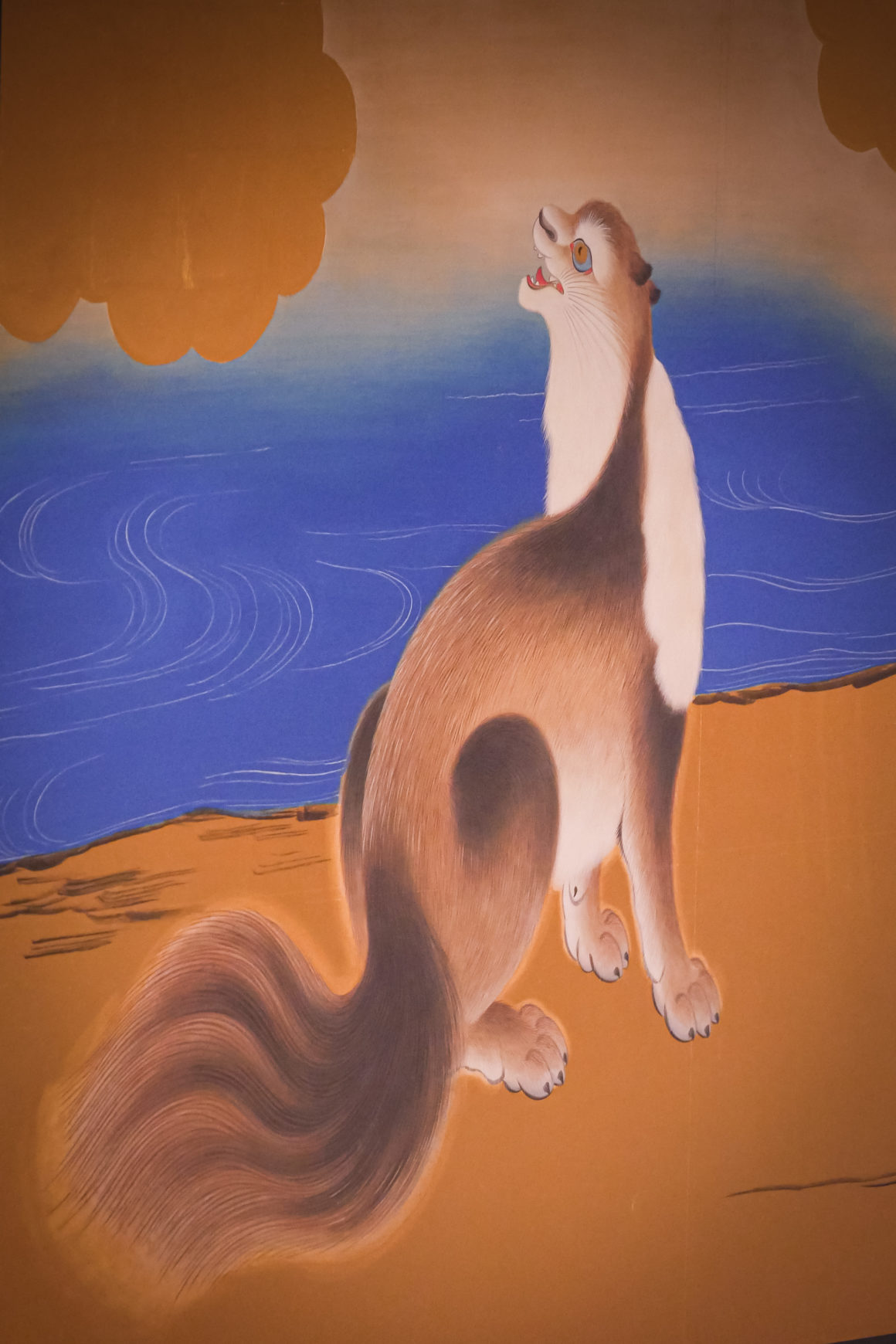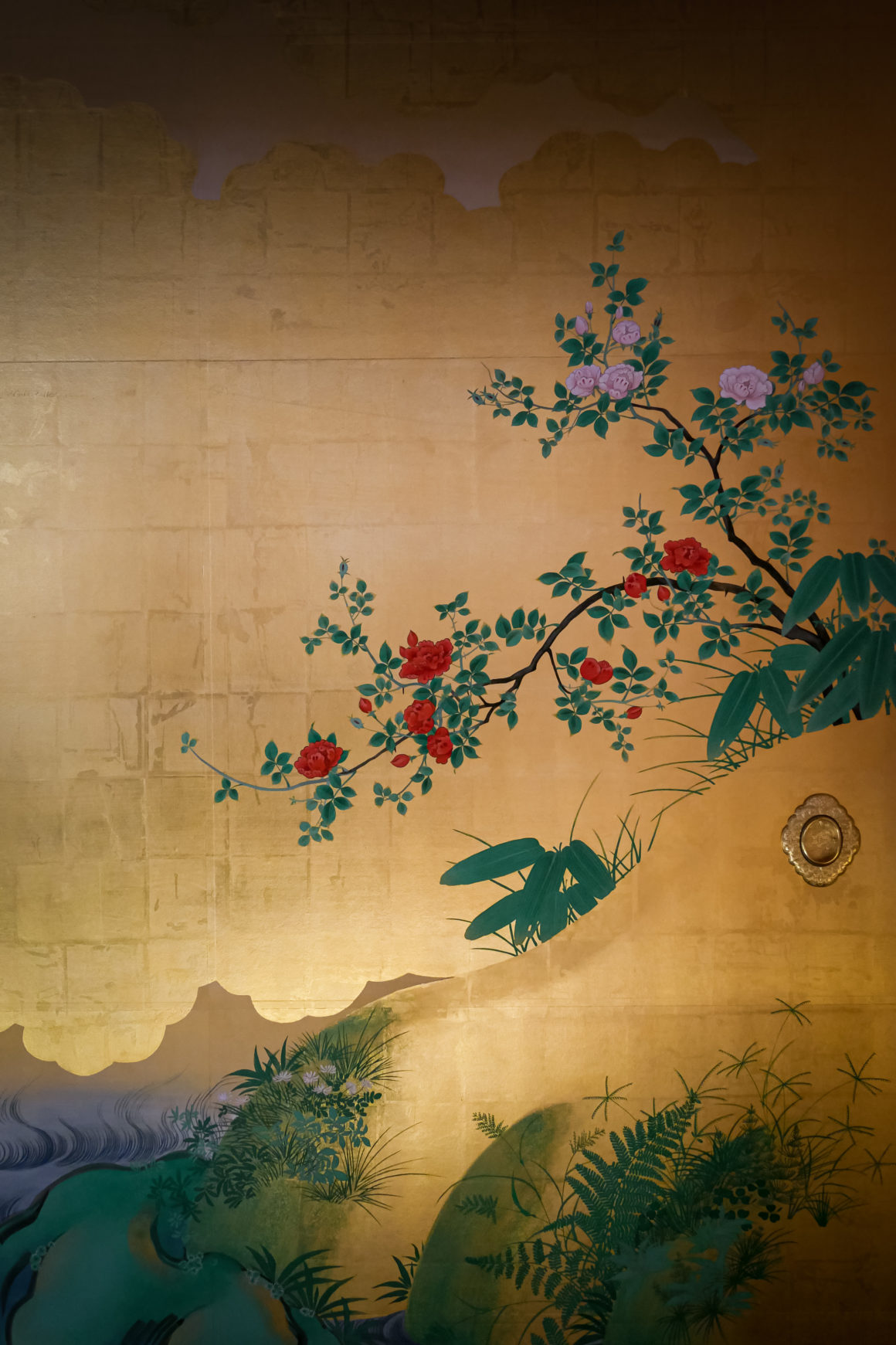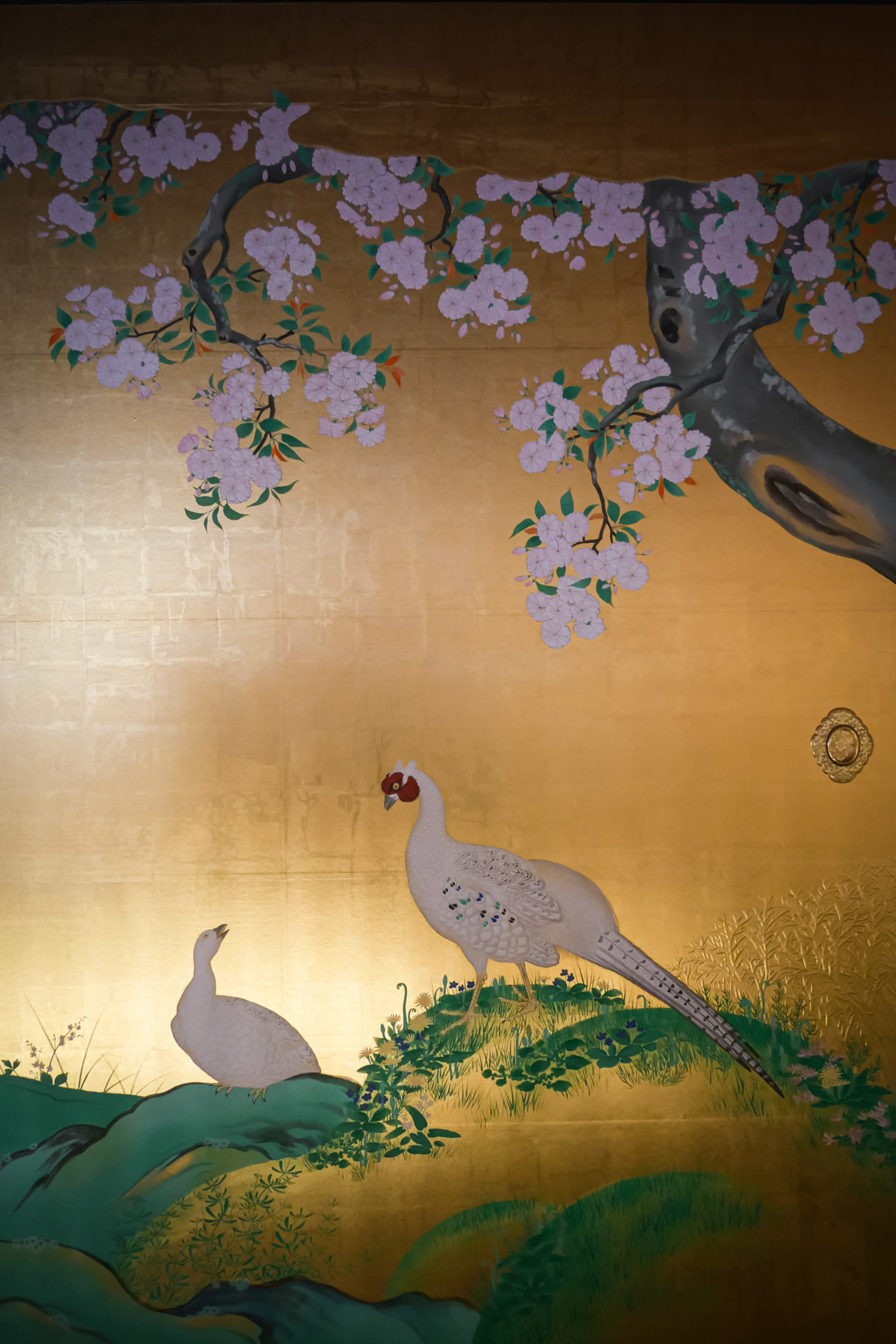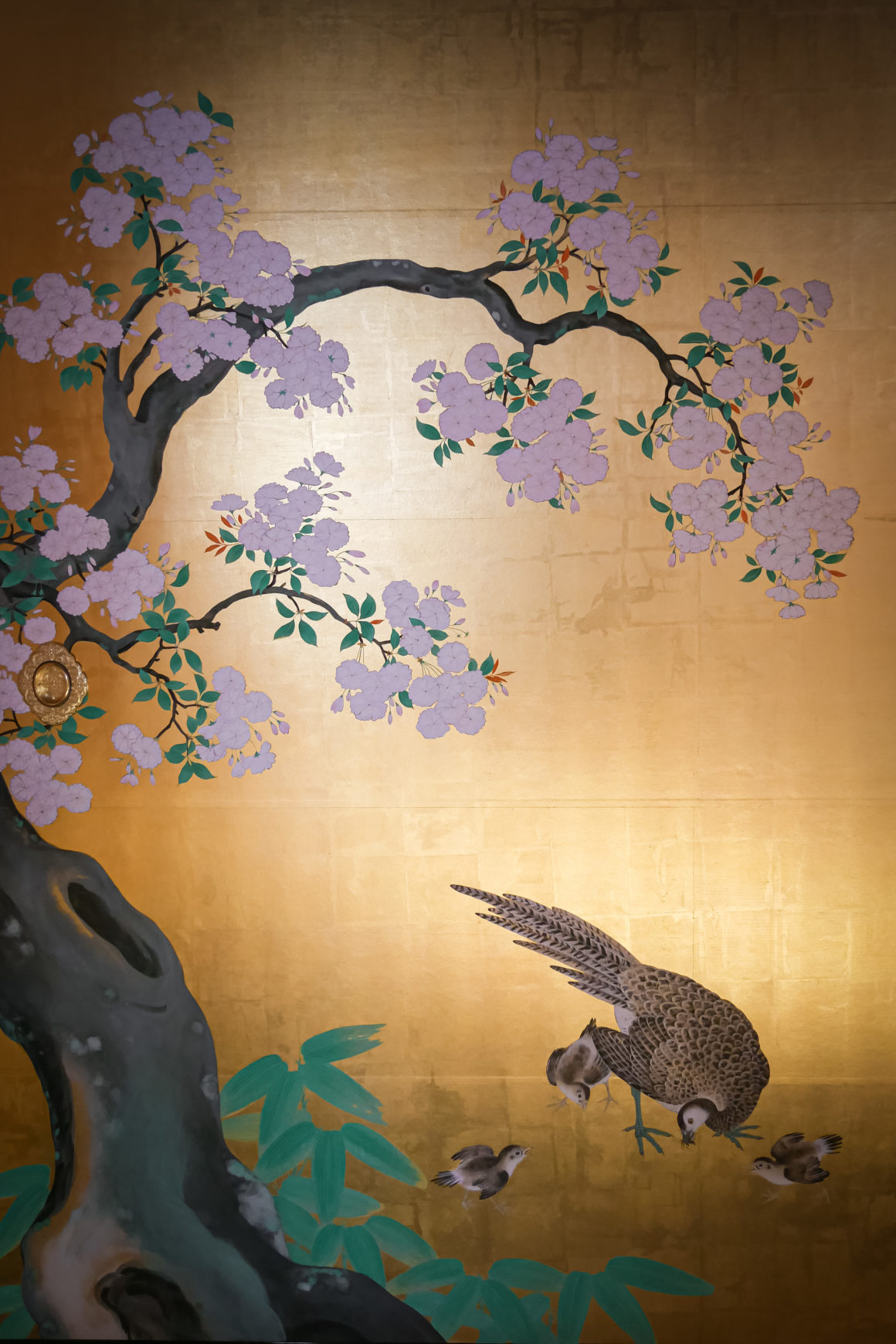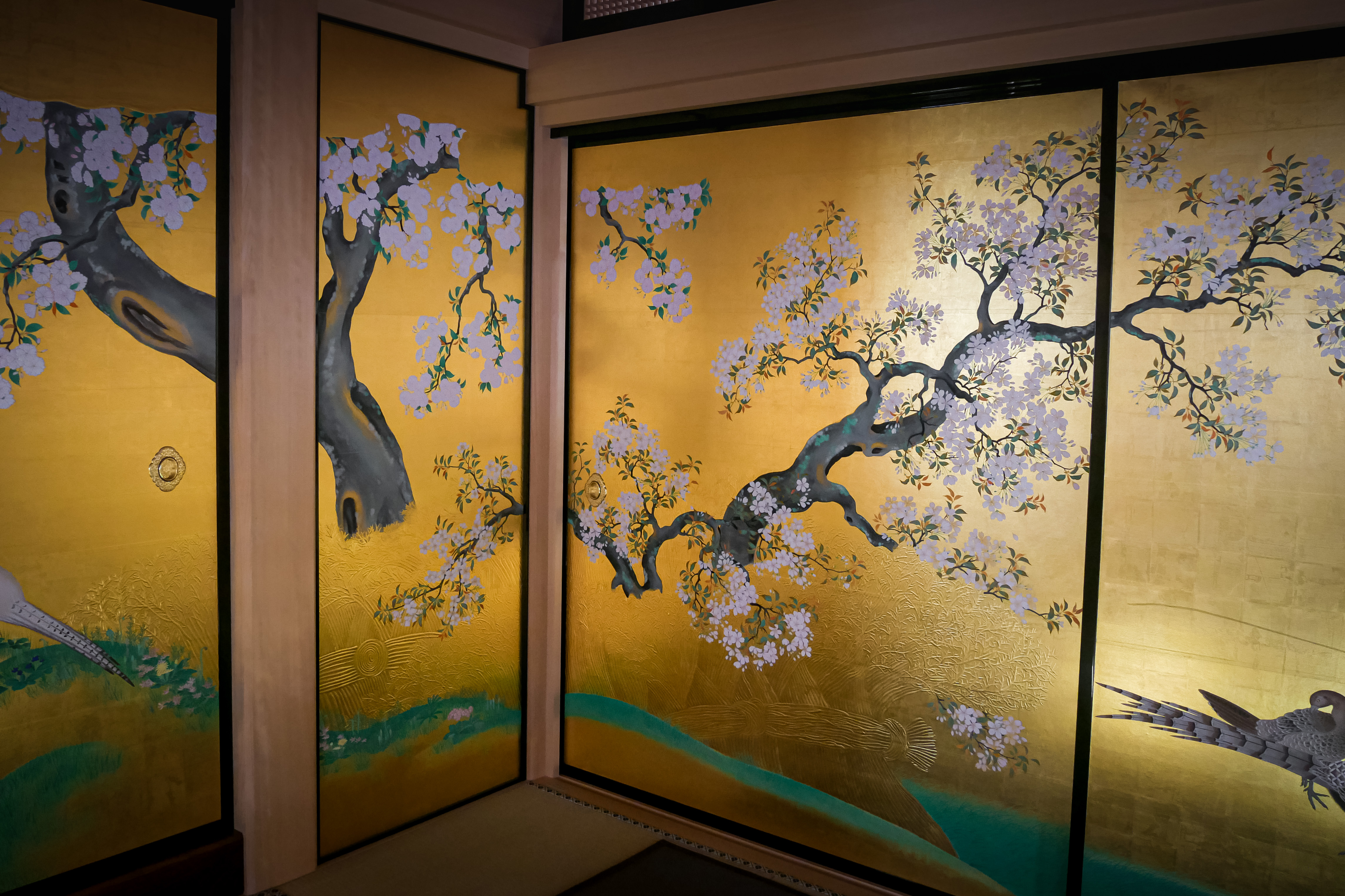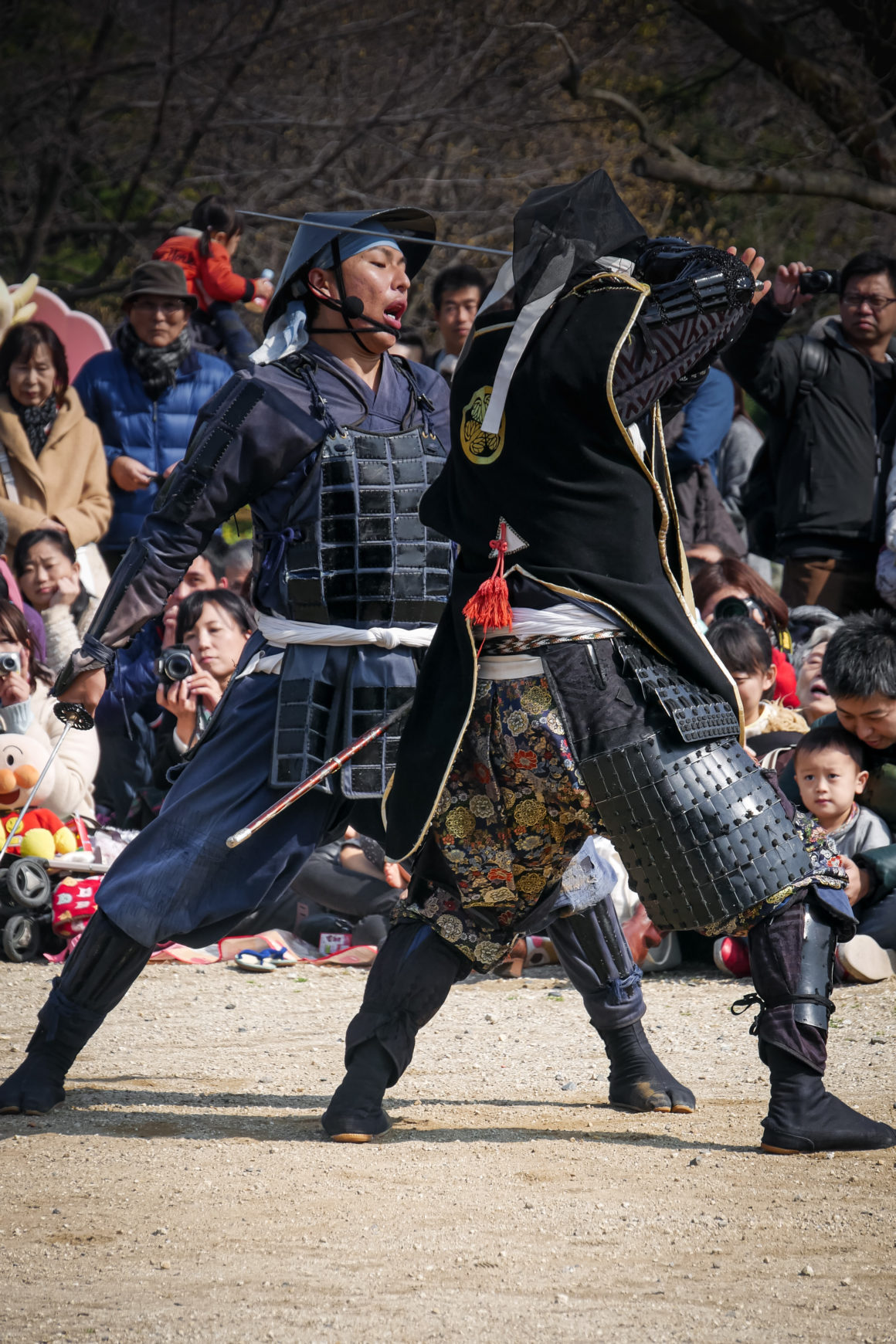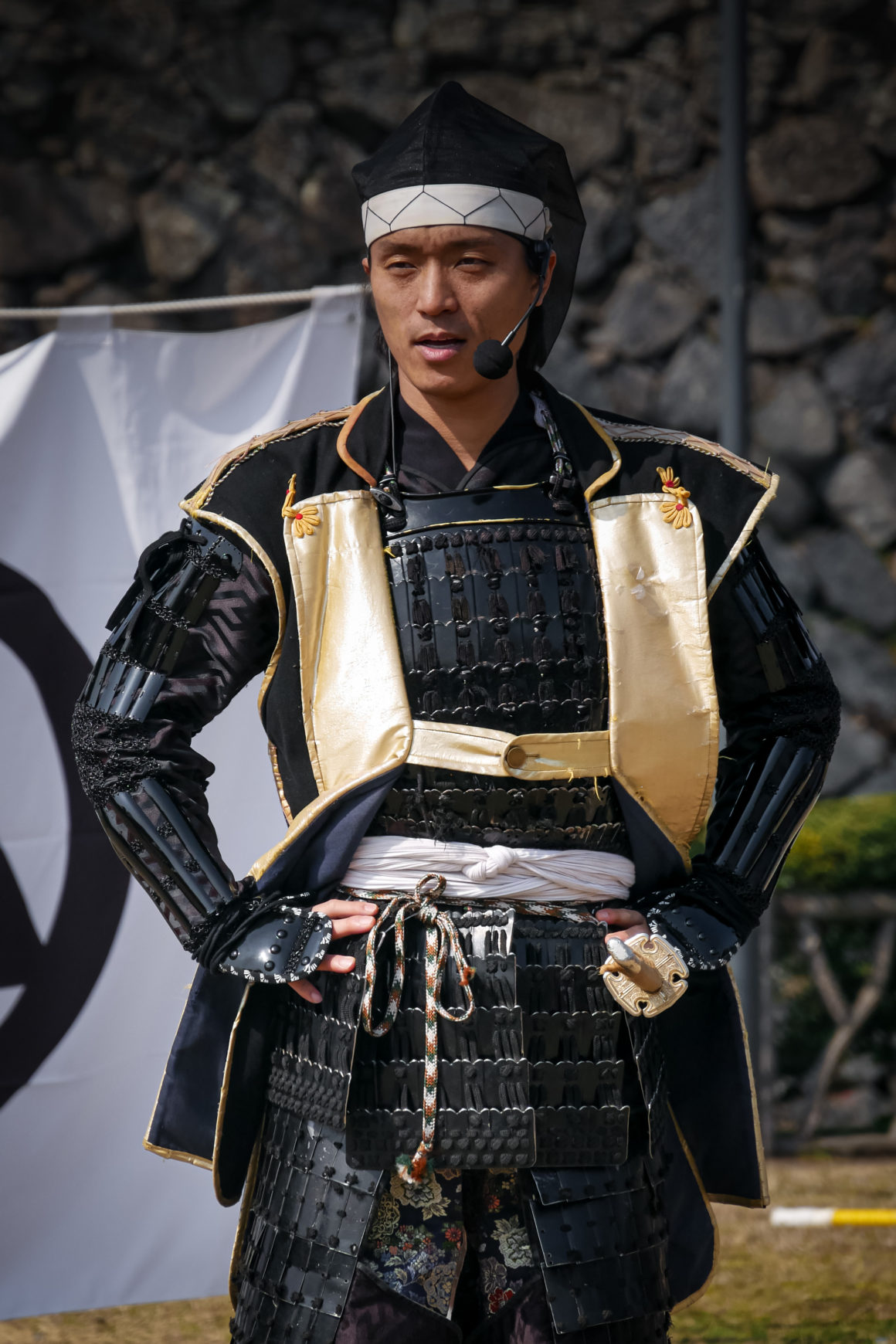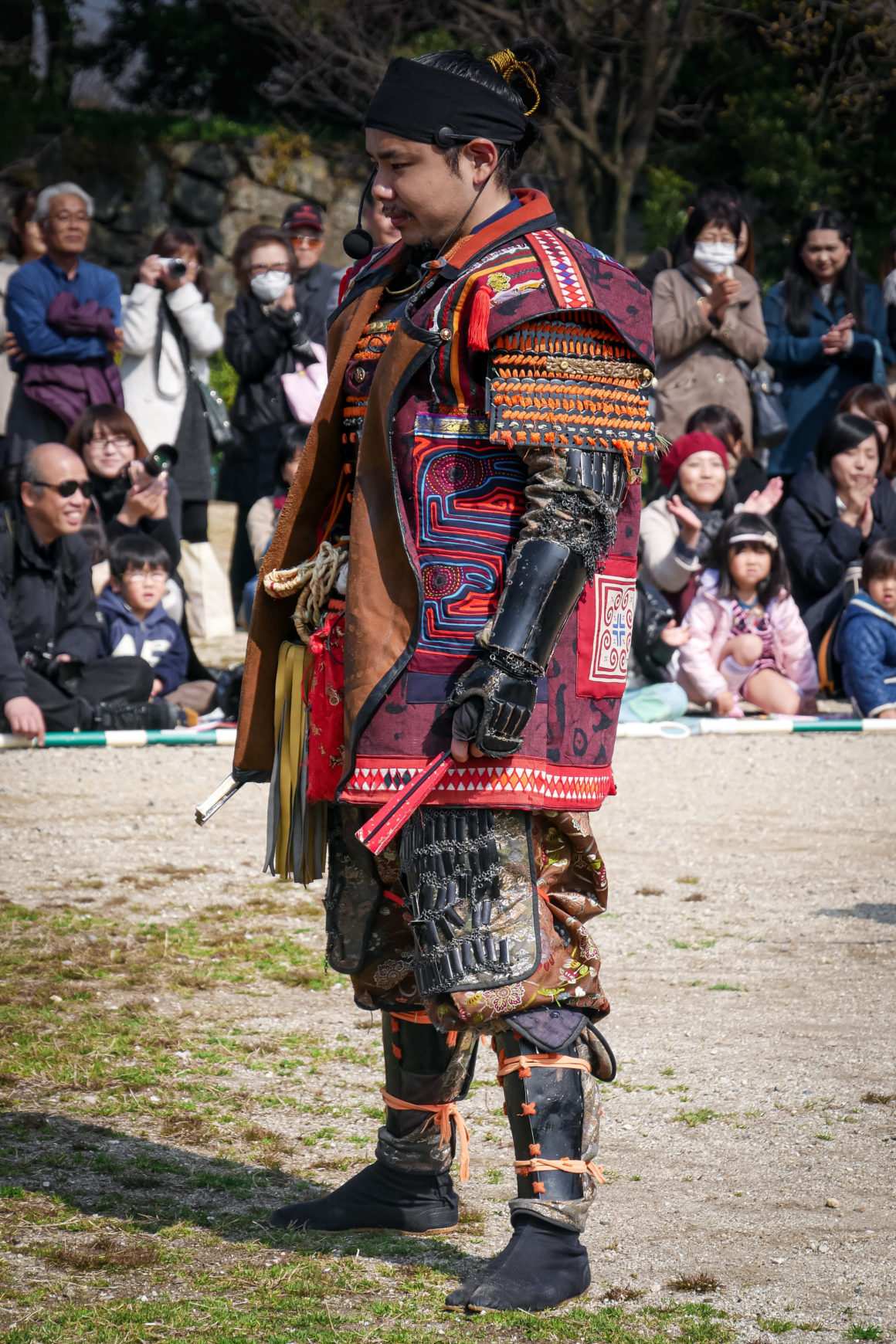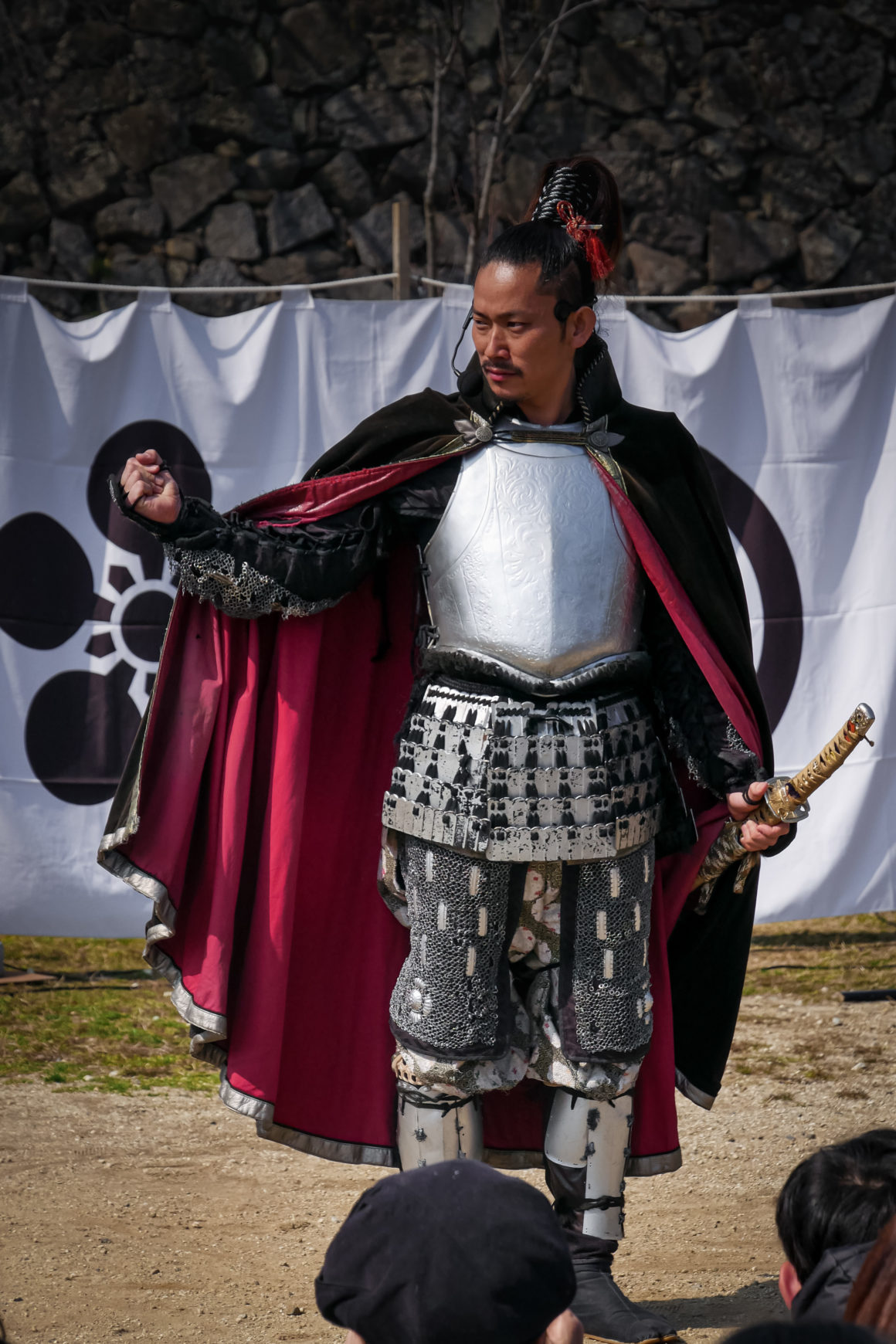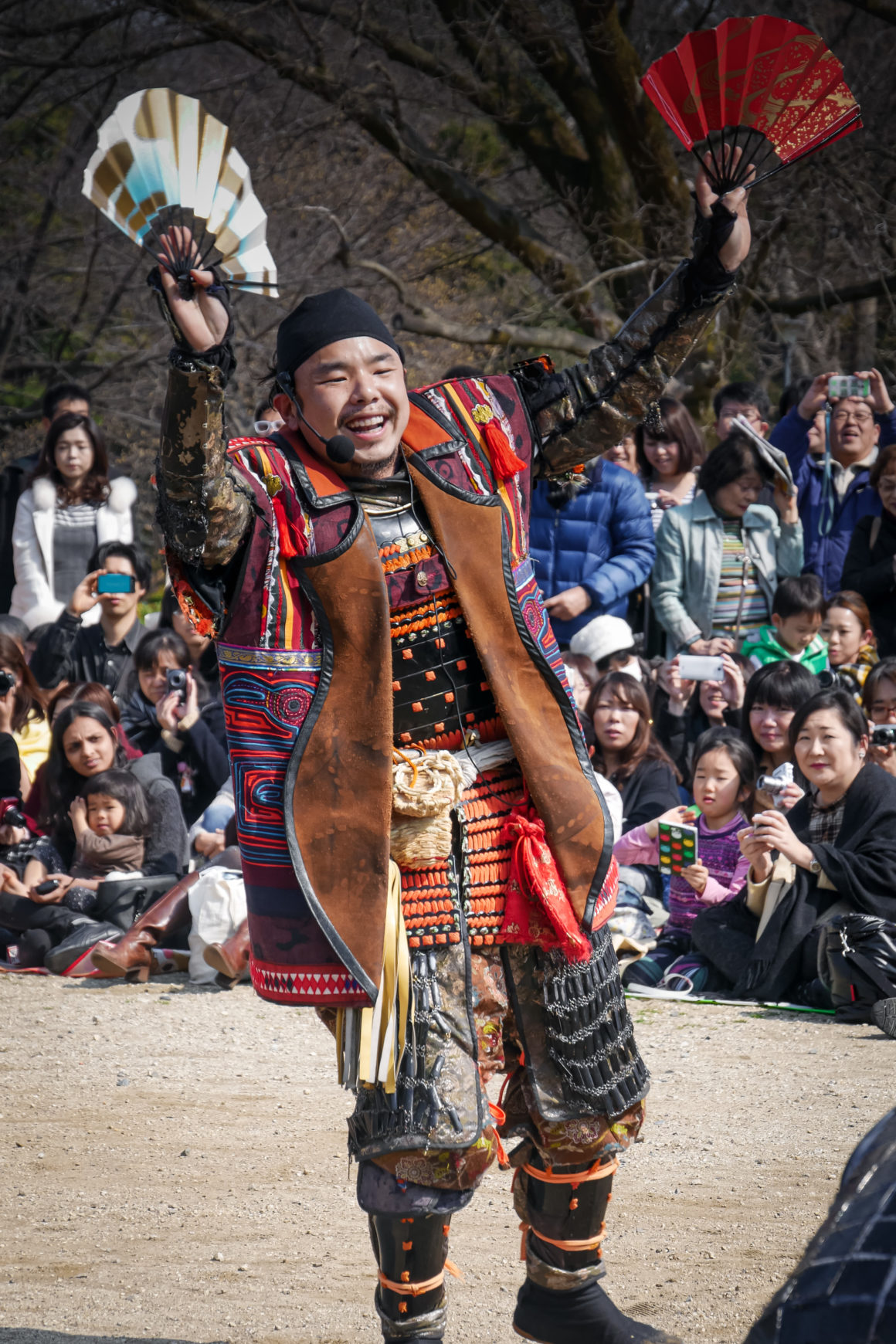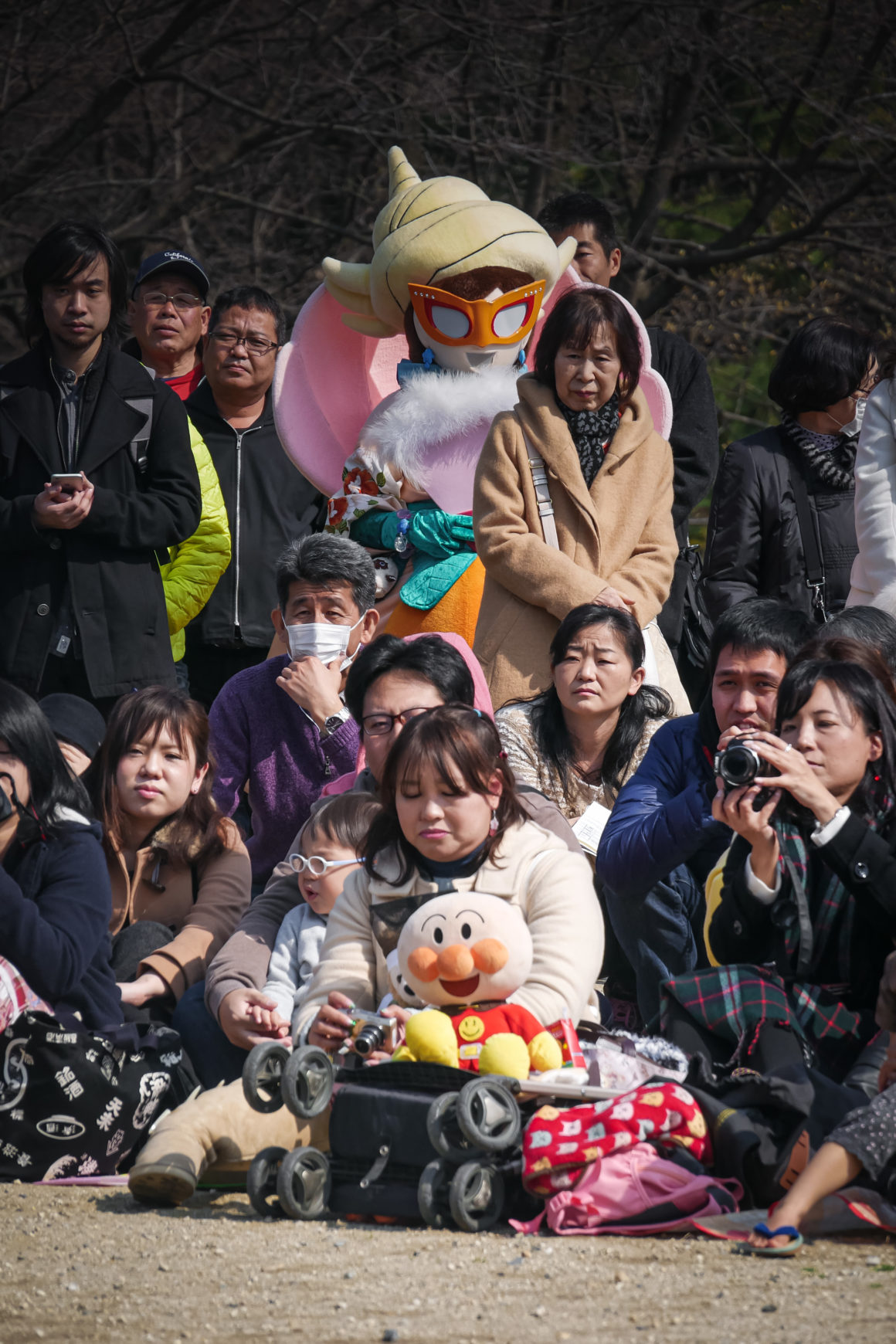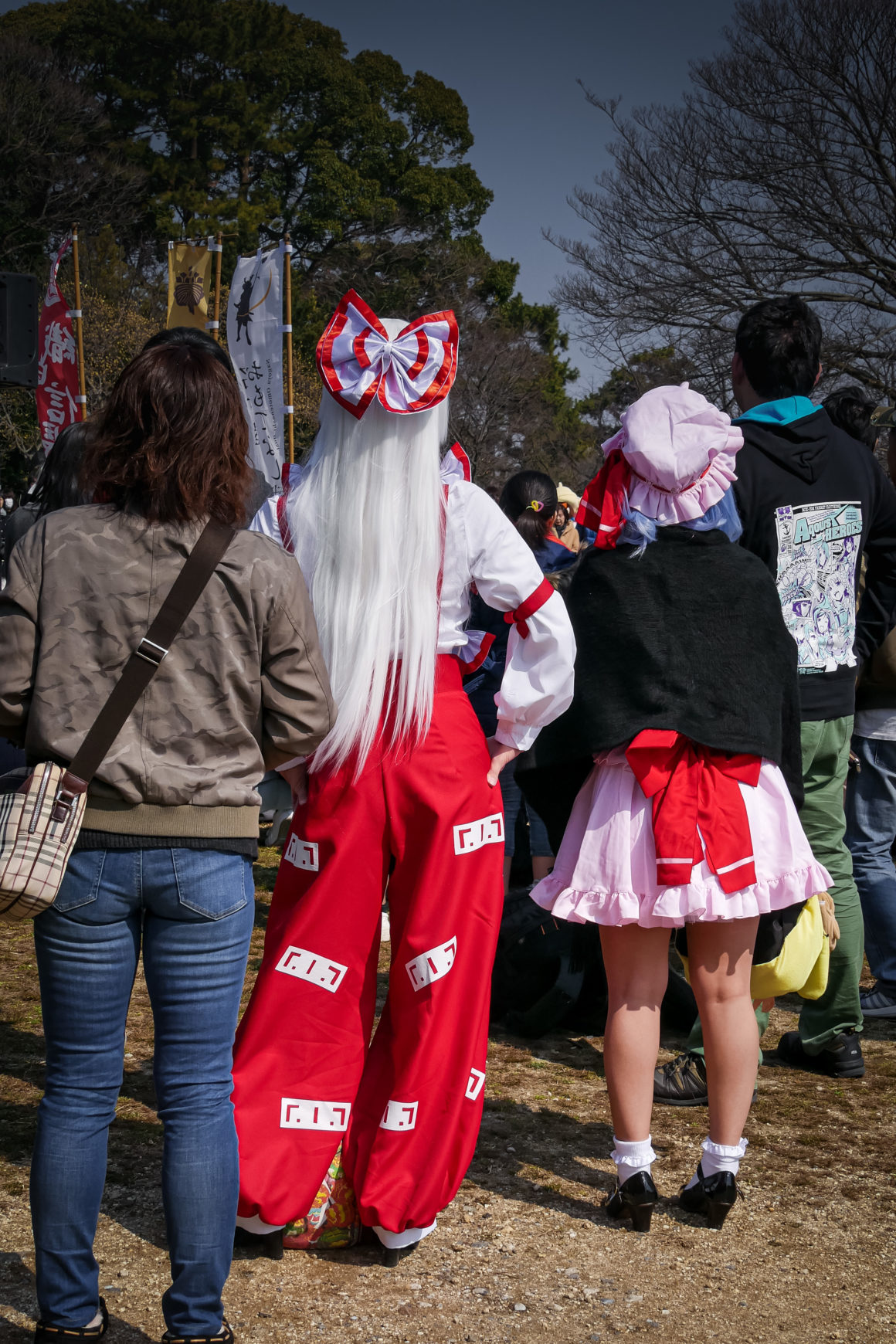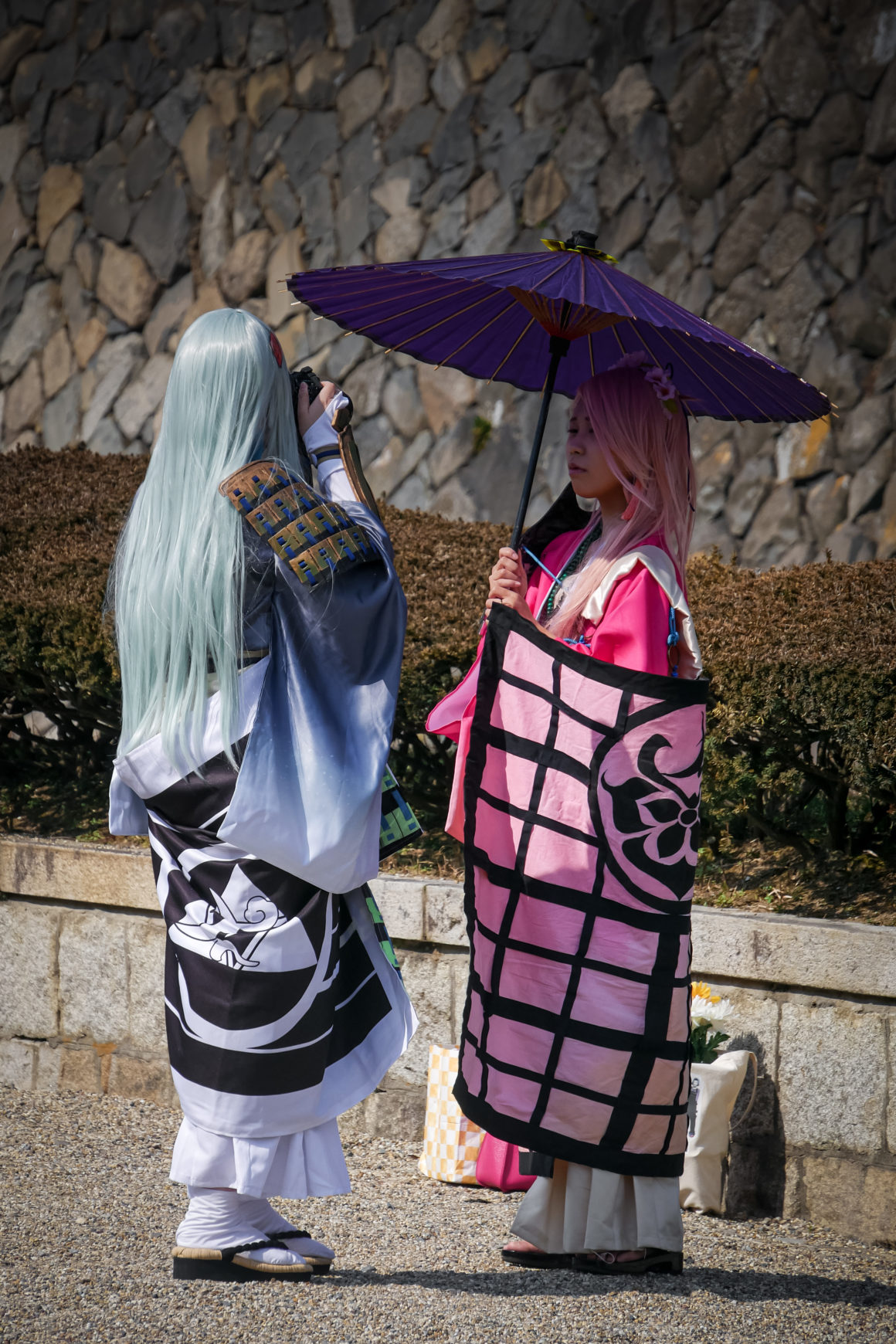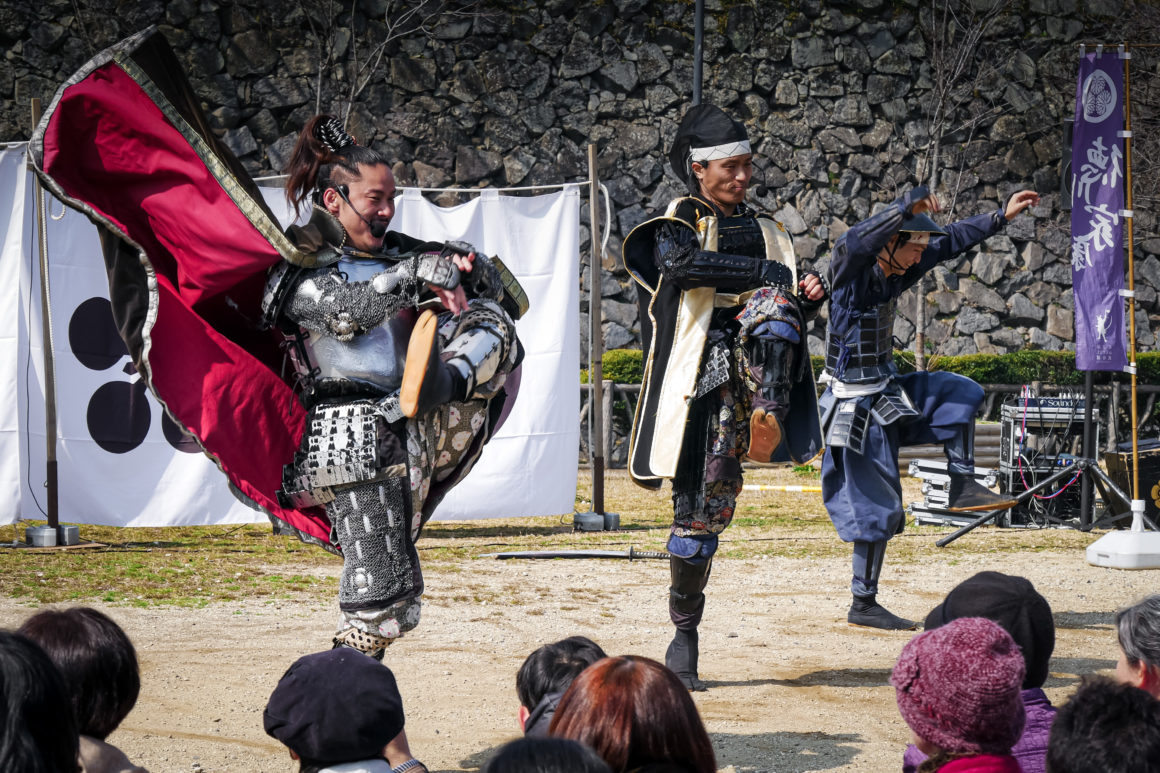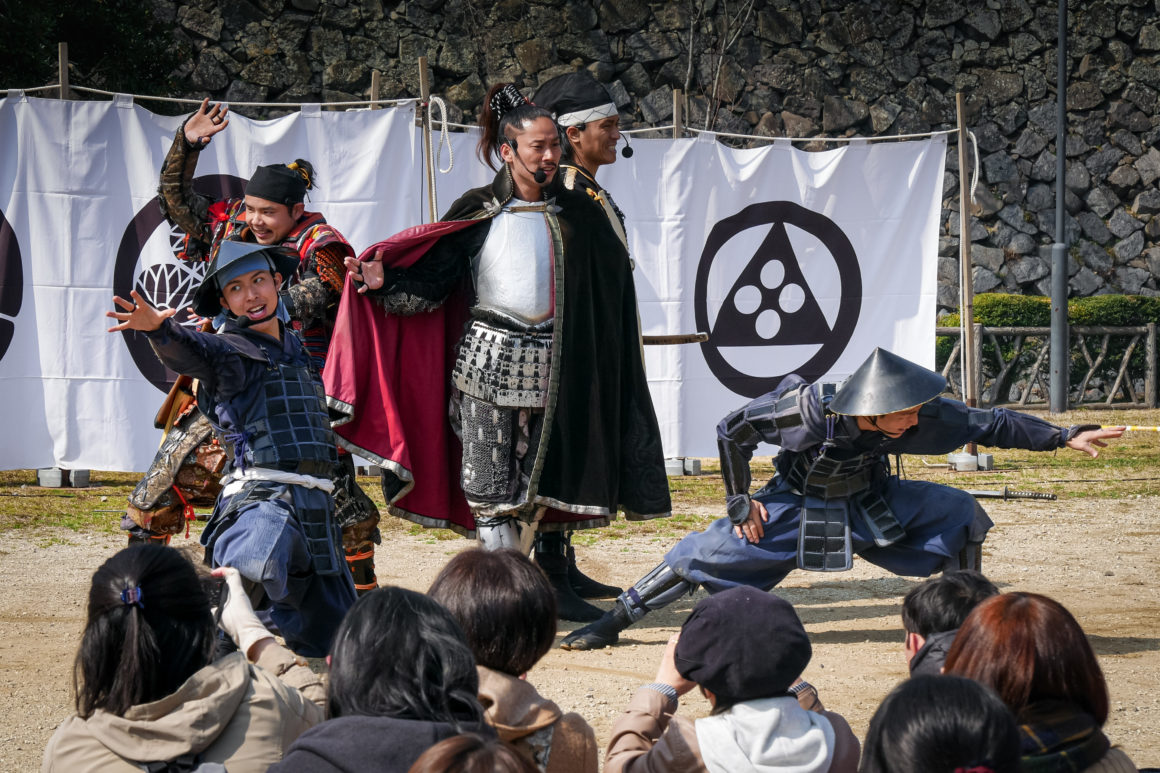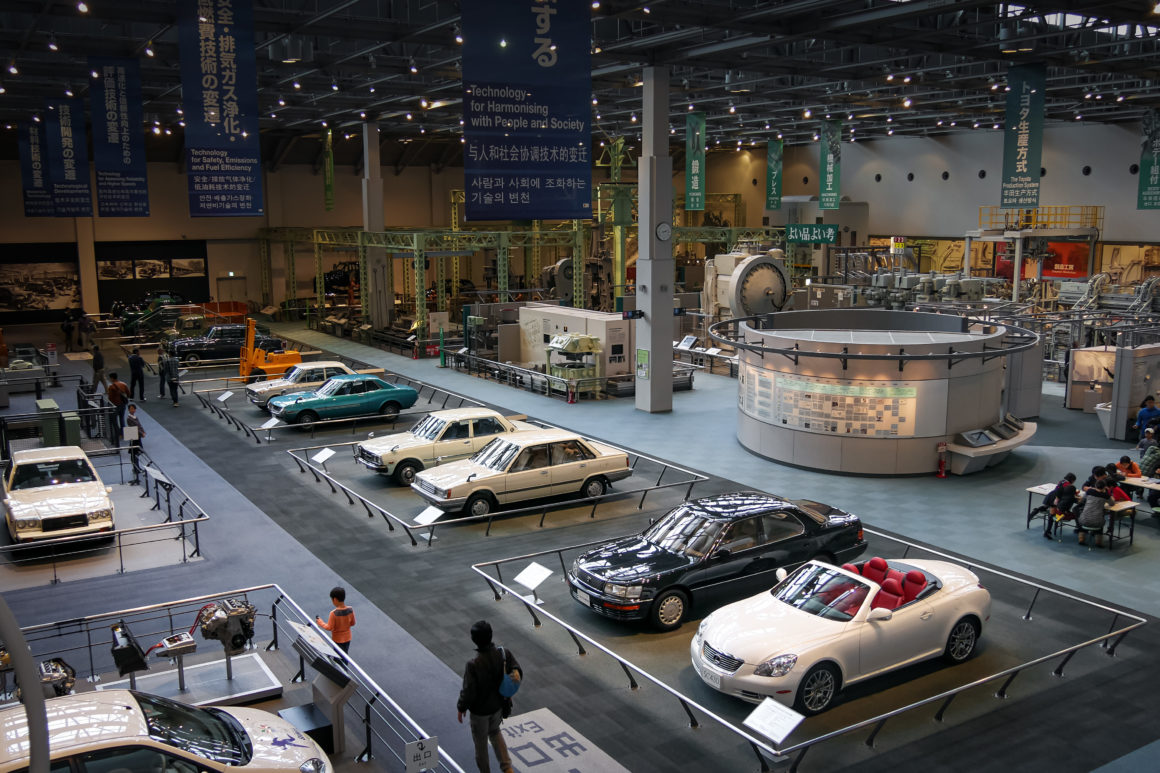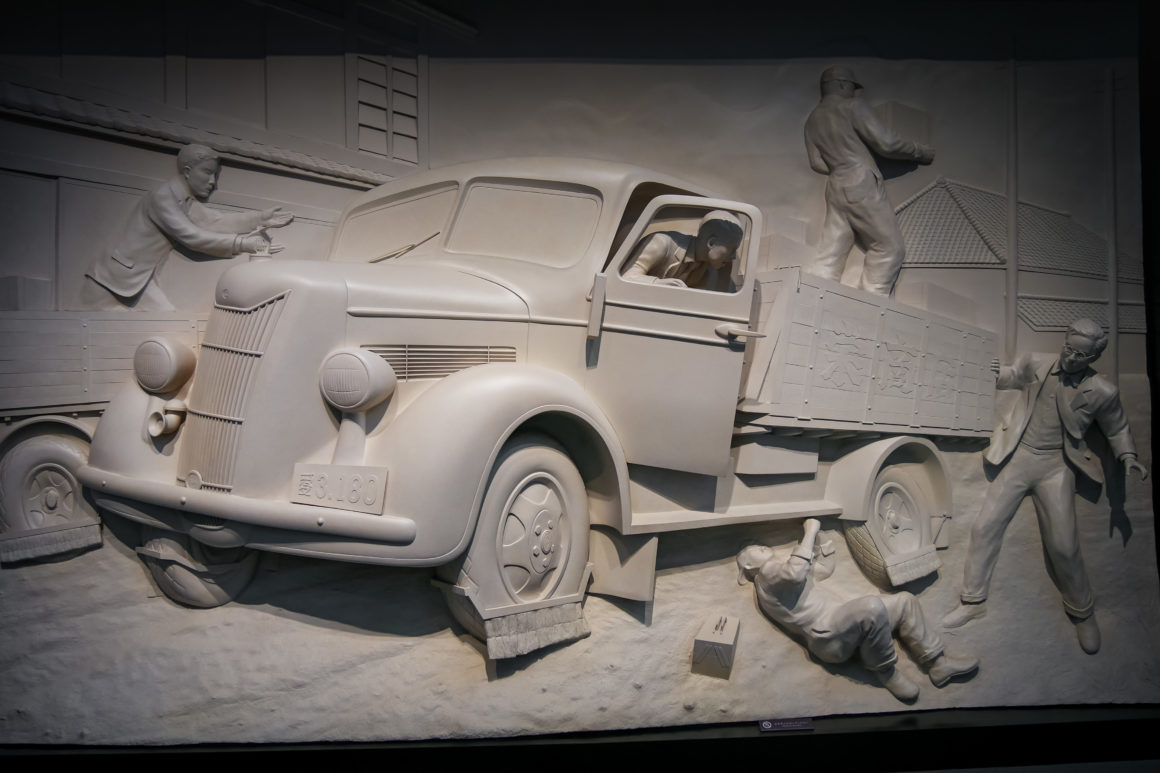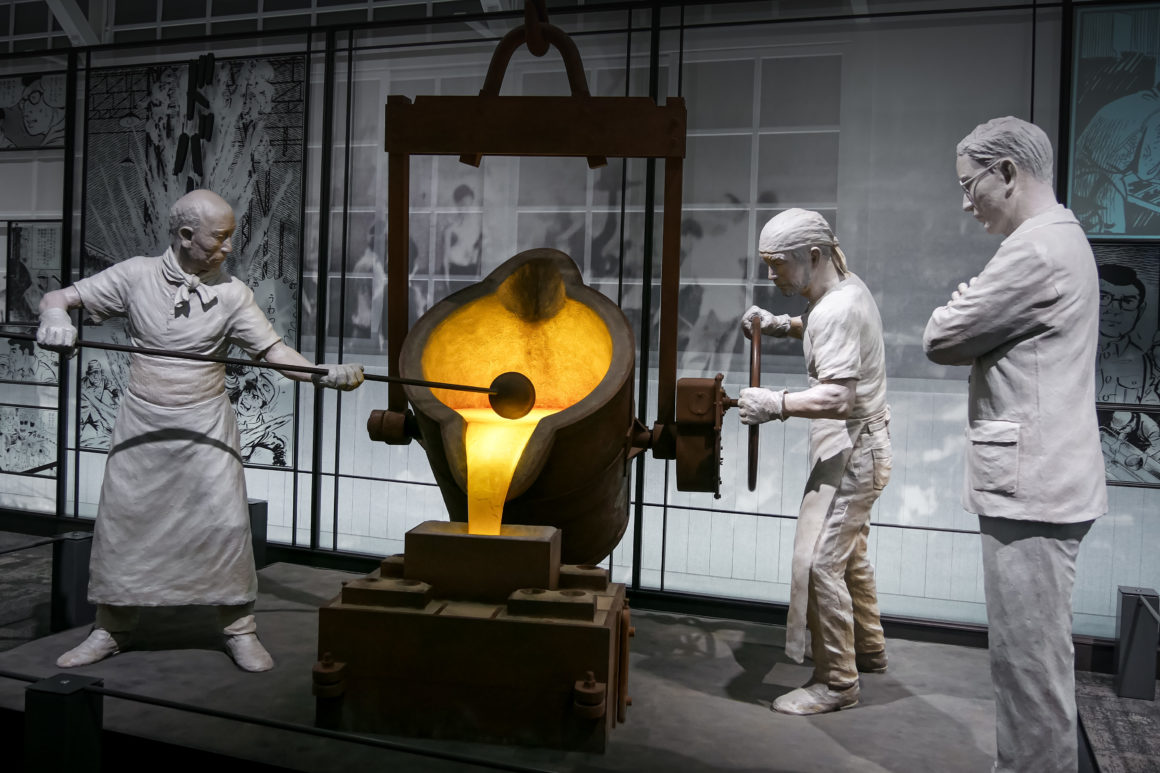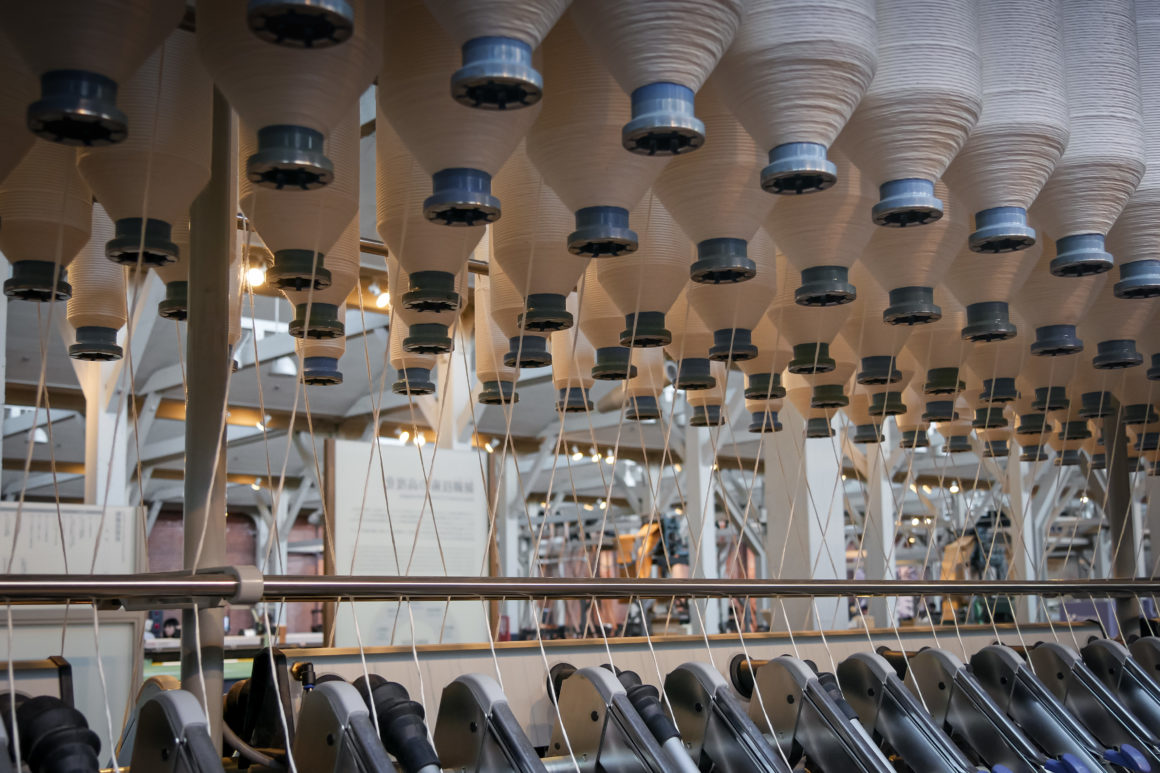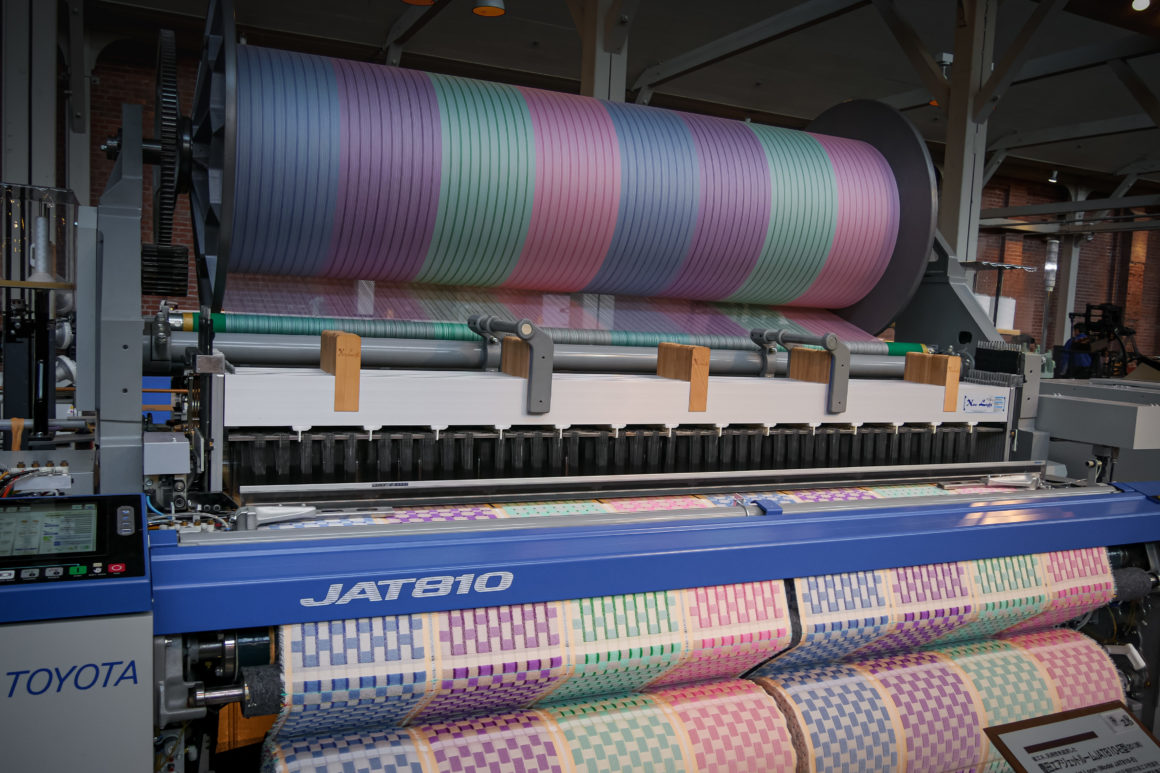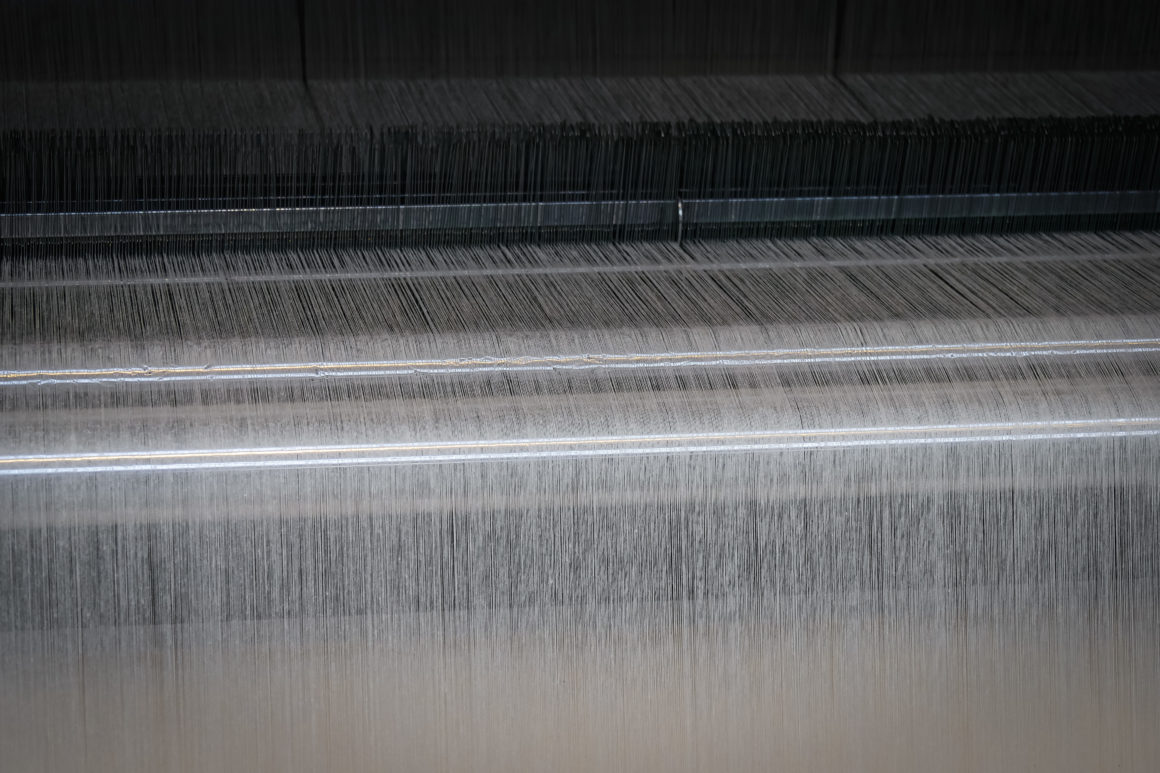DISPATCH
Nagoya being an hour by train from Tajimi, I take advantage of a weekend to visit it. First step: Aichi Park in Nagakute commune in the eastern hills of Nagoya. The park was the site of the 2005 Specialized International Exhibition (International exhibitions are world’s fair held around the world since the 19th century. More info on Wikipedia). The theme of Aichi’s exhibit was “The Wisdom of Nature”. Many pavilions were built in the park, including a replica of the Kusakabe family’s residence, which we see in the film “My Neighbor Totoro” by Hayao Miyazaki! As the film was set in the 1950s, the building was constructed using ancient construction techniques dating back to the beginnings of the Showa era (1926-1989). You know my love for Ghibli studio movies, I was not going to miss that! Especially since the house of Satsuki and Mei (the two little heroines) is beautiful in the film. For those who have not seen “My Neighbor Totoro“, I invite you to view it as soon as possible!
So I cross the park to access the place where the house is located. First disappointment, the visit is done in a group with a guide. Impossible to visit it alone. (I am not a fan of guided tours. I find that it kills the immersion. And a guided tour in Japanese is not of great interest to me). So here I am following the small troop of fifteen people. Arrival in front of the building, second disappointment: the environment is not at all the same! In the film, the house is built in a small meadow surrounded by a forest. The reconstruction is built on a white earth floor on the banks of a small lake. Nothing similar! Okay, yes I know I am picky. But the group, plus the guide with his megaphone, plus the different environment completely takes me out of the vision of the film in a second. I can see the scenery, but I can hardly feel the atmosphere of the film. Despite these few disappointments, the house is still very beautiful and if I put the environment aside, it looks like two drops of water to that of the film. The interior (photos prohibited, alas) is filled with small details that can be found in the film. And I can touch anything! Opening cupboards and furniture, rummaging through supplies, leafing through Mei’s sketchbooks, turning on the water pump… Satsuki and Mei’s dad’s office is full of books, cards, notes, in precarious balance as in the film. This is the place where I find the atmosphere of the film the most. To see the interior of the house, I invite you to take a look at this article and this one. The visit lasting only thirty minutes, it is a bit of a race. I leave a little disappointed but nevertheless happy to have been able to visit in reality one of the sets of the films of the studio Ghibli.
I arrive in Nagoya around 3 p.m. The weather has darkened. Nagoya is one of the largest cities in Japan. It was heavily bombed during World War II and most of the buildings have been rebuilt recently and are not very attractive. Concrete and building bars, why do people love it? Beyond this architectural disappointment which I am starting to get used to, Nagoya is the birthplace of an impressive number of Japanese personalities including three “heroes” from Japan of whom I have already spoken to you: Oda Nobunaga, Toyotomi Hideyoshi and Tokugawa Ieyasu, the three unifiers of the country during the Sengoku period (period of turbulence and violence extending from the middle of the 15th to the end of the 16th century). Nagoya is also home to the headquarters and several factories of Toyota, the leading Japanese automaker.
I go take a look at the Noritake Garden. Noritake is one of the most famous porcelain manufacturers in Japan whose creation dates back over 100 years. The gardens, which were laid out in 1904, stand on the grounds of the company’s former factory and have attractive red brick buildings and impressive fireplaces. The gardens also house the Artisan Center. Having not planned to visit it at first, I change my mind, being interested in learning more about Noritake porcelain. It was probably the best decision of the day and also one of the best visits I have made since I have been in Japan. The first two floors of the center are dedicated to the production process. A real little factory. I walk among the workers, watching them working. Agile modeling, creation of molds, assembly, finishing on the ground floor then hand painting, decalcification, coating of gilding, quality control on the first floor. Extremely interesting. The creations (dishes, vases, sculptures) are all more beautiful than the others. Seeing the artists paint live with meticulous precision and agility dazzles my eyes. Photos are prohibited, this is understandable. Already there are people walking around the studio all day to observe them, I understand that the artists do not want to be photographed. See the photo of the brochure below. The museum on the 2nd and 3rd floor is dedicated to the collections of tableware which made Noritake famous. The whole is a real gem. The porcelains are all very beautiful and some have absolutely fabulous designs.
I come out of the Noritake Garden with stars in my eyes and head for the Osu Kannon temple in the center of Nagoya. By the time I get there, it is dark and the rain has started to fall. The temple is one of thirty-three Kannons of Owari, a series of Buddhist temples west of Aichi Prefecture, all dedicated to the goddess of compassion, Kannon. Osu Kannon Temple is home to approximately 15,000 Japanese and Chinese classics, including the oldest hand-written copy of the Kojiki, describing the ancient mythological history of Japan. The interior of the temple is filled with statues and gold. In the falling night and bad weather, the place gives off a strong feeling of peace.
Last step for my first day in Nagoya, the Atsuta Jingû shrine. Existing for more than 1900 years, the place shelters a replica of the kusanagi-no-tsurugi, saber cutter of sacred grass which according to legend would have been offered to the imperial family by the goddess of the sun Amaterasu. The sanctuary is in the middle of a small park of old cypresses. In the dark night, lit only by a few lanterns, the place is bathed in a mystical atmosphere. Walking under the cypresses at night will leave a strong impression on me. By cons the temple itself not so much since being only very poorly lit, I did not see much of it. Coming out of the park, I am dazzled by the city lights and advertising displays that draw contrasts in the night. After the mystical atmosphere of the sanctuary, the return to reality is a bit brutal.
The next day, I go to Nagoya Castle. In the gardens, plum trees are in bloom! Pink and white touches that I take at the beginning for cherry trees. But no, these are plum trees, which bloom at the end of winter. The original castle was built between 1610 and 1614 by Tokugawa Ieyasu but was destroyed during the Second World War. The current structure dates from 1959. Within the castle are beautiful collections where photos are authorized for once! Originally built in 1615, the Honmaru Palace located next to the castle was also entirely destroyed during the war. The reconstruction of the palace started in 2009 and should normally be finished in 2018. Currently one third can be visited. Entirely reconstructed in wood, the palace houses various rooms where visitors were received and where audiences were held. But the most impressive remains the paintings in a traditional style on gold leaf covering all the walls and sliding doors. I walk through the rooms, dazzled by so many colors and beauty. Tigers, pheasants, pines and cherry blossoms spread out in front of me. It is probably one of the nicest things I have seen.
Coming out of the palace I see a costume representation standing in the gardens and staging the three heroes: Oda Nobunaga, Toyotomi Hideyoshi and Tokugawa Ieyasu. The actors play in a very (very) theatrical style full of emphasis and studied postures. It is quite funny. The end of the show ends with a dancing choreography! The castle gardens are also the gathering place for all the cosplayers in the area. Cosplayers are people who play the roles of characters from movies, animes, video games and imitating their costumes, make-up … Some costumes are magnificent. Studied poses and mass photographs taken by all tourists visiting. A convention must probably be organized during the day since when I leave the castle grounds I meet an impressive number of young people heading towards the gardens.
The last stop of my weekend in Nagoya is the Toyota Museum of Industry and Technology. Before becoming the world’s largest automaker, Toyota started out with weaving. It was at the end of the 19th century that Sakichi Toyoda (yes, with a “d”) began to build weaving looms. These ingenious inventions enabled him to develop his business. It was his son, Kiichiro Toyoda, who, impressed by a trip to Europe, decided to embark on automobile construction, despite criticism. Persevering despite the difficulties and spending a lot of money on research into mechanical and material studies, he was soon successful. It was while starting to settle abroad that Toyoda changed his name to Toyota, finding that it sounded better to the ears of non-Japanese.
The museum is separated into two pavilions. The one dedicated to weaving presents a whole bunch of weaving machines from the oldest to the most recent with staff giving demonstrations. The pavilion on the automobile dissects in detail the construction of cars: the machines used, the types of materials, the different types of engines, the construction of a prototype… High point of the visit, a gigantic hall presents a collection of emblematic cars as well as assembly line machines that can be activated at leisure in order to see the construction from A to Z of an automobile. The whole thing is very interesting but the content is so huge that I did not have time to see everything.
